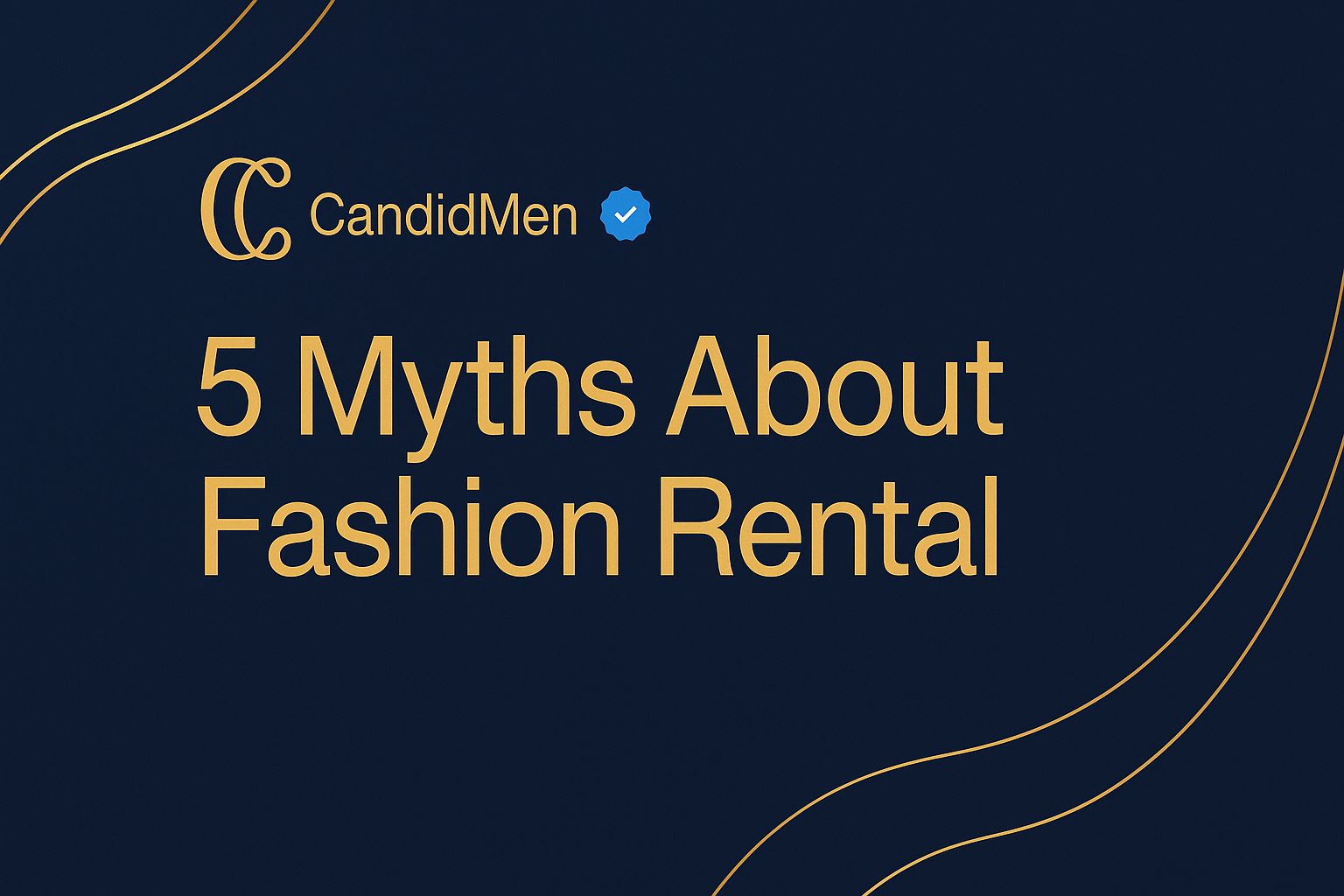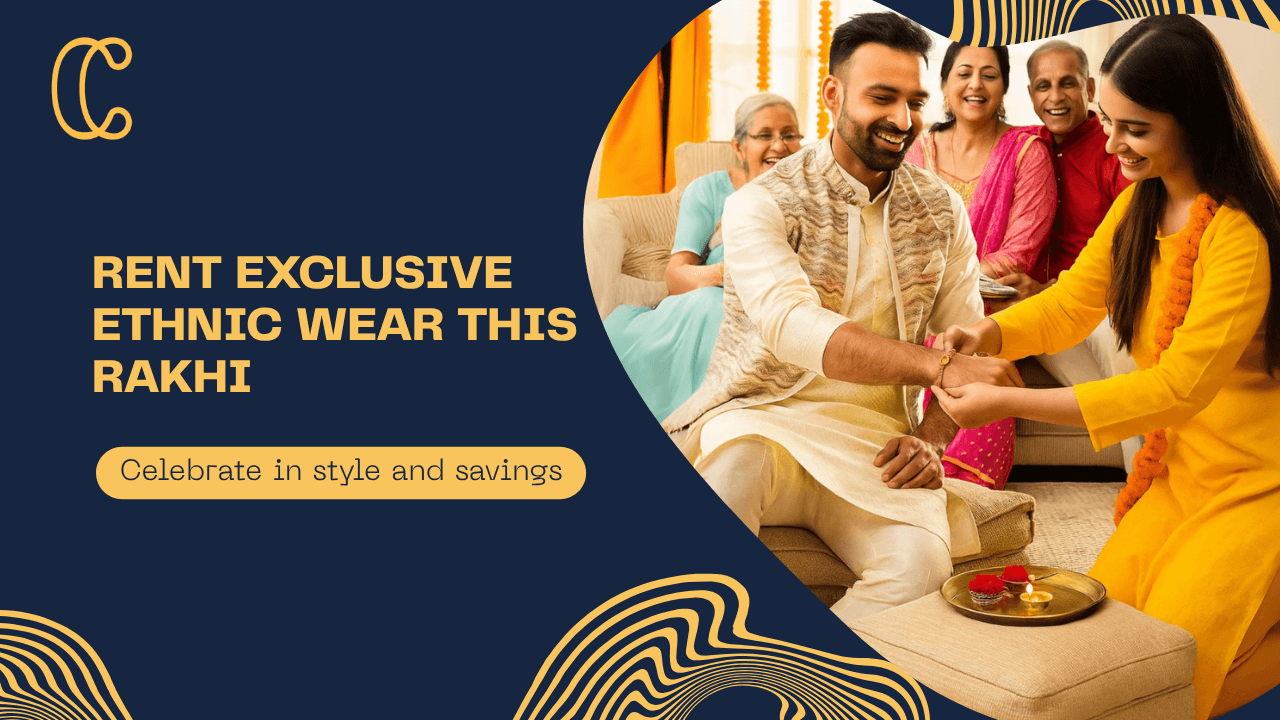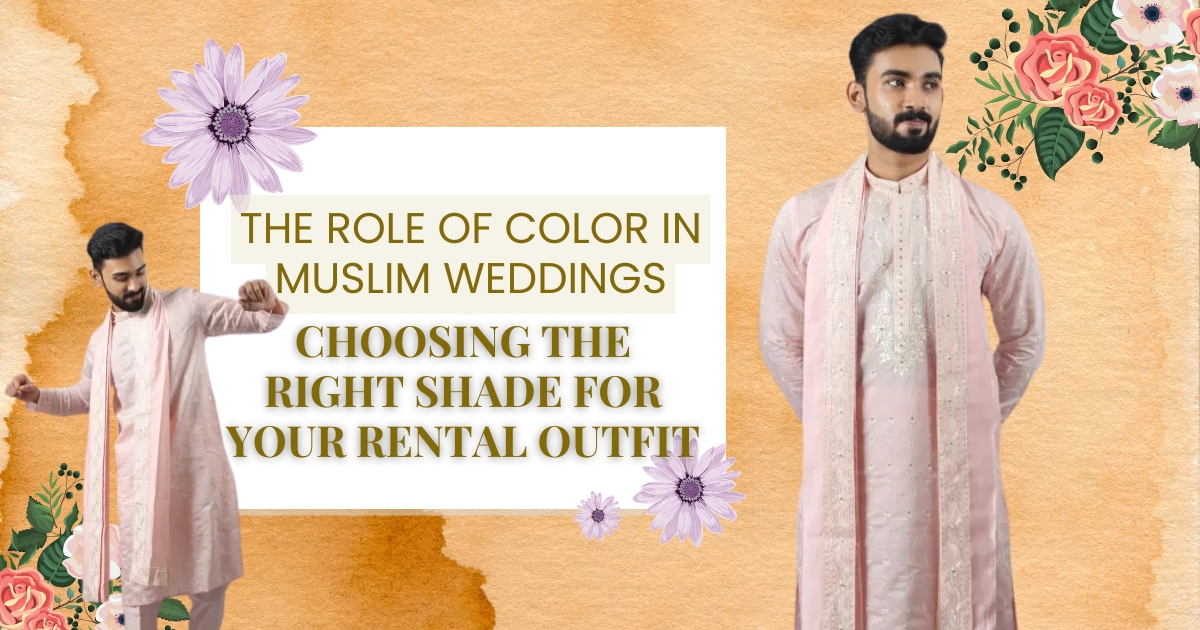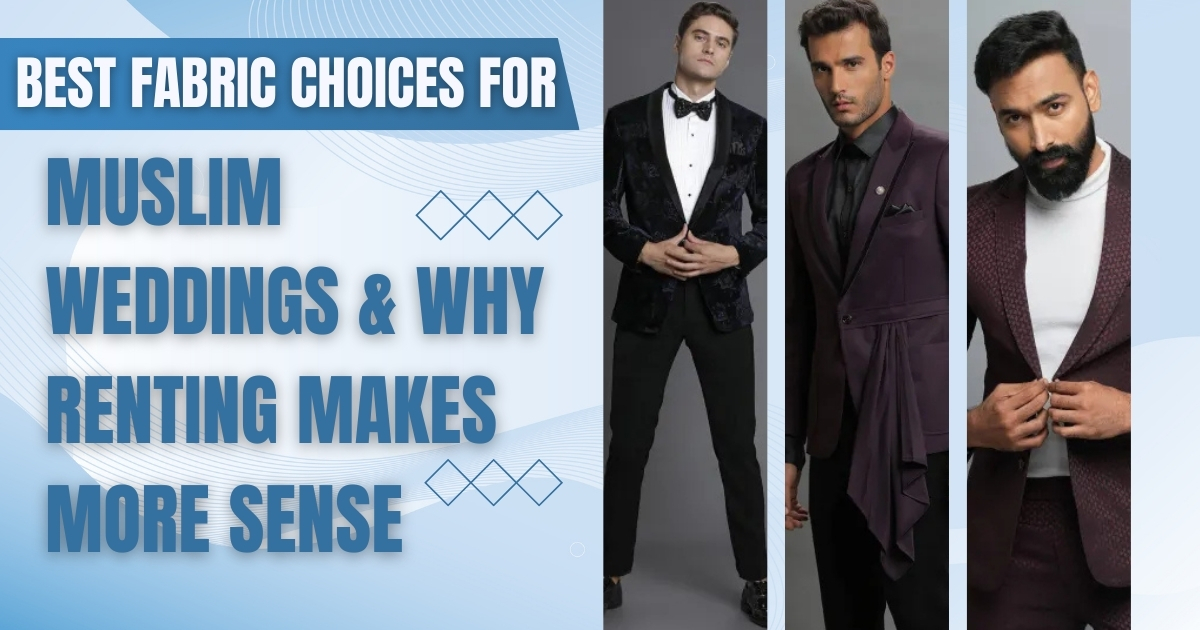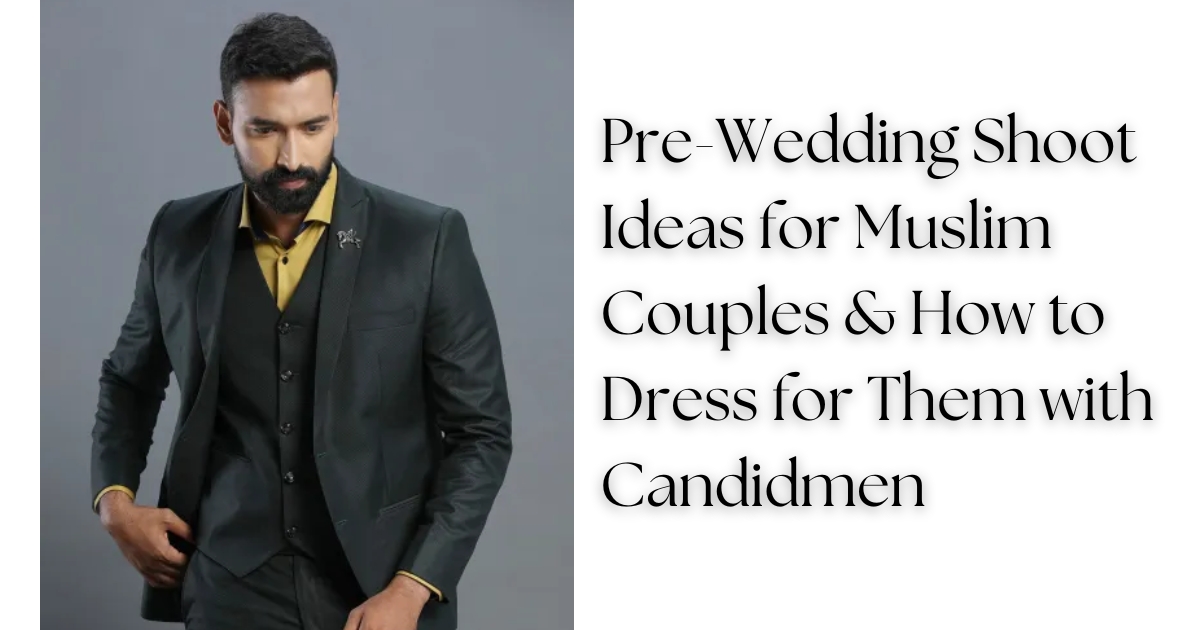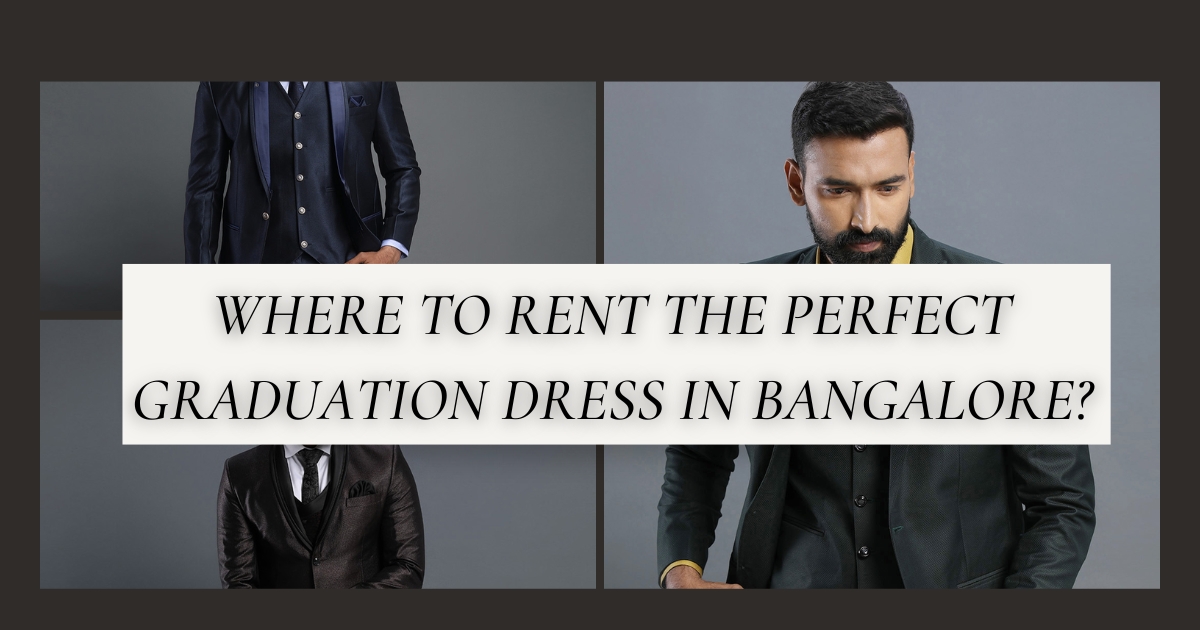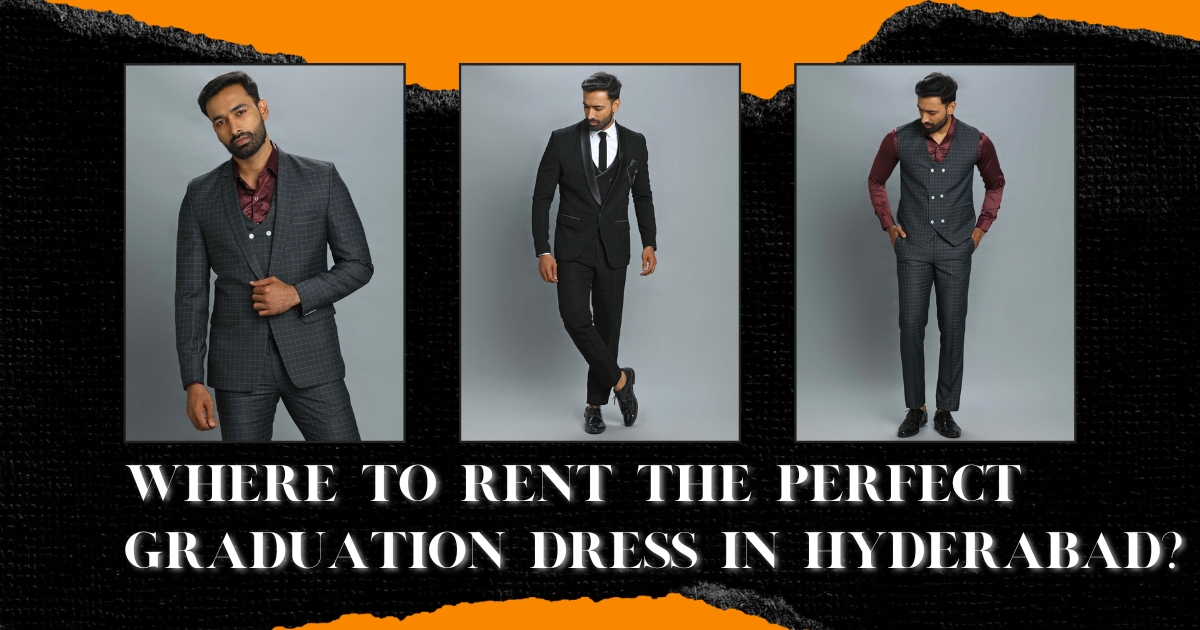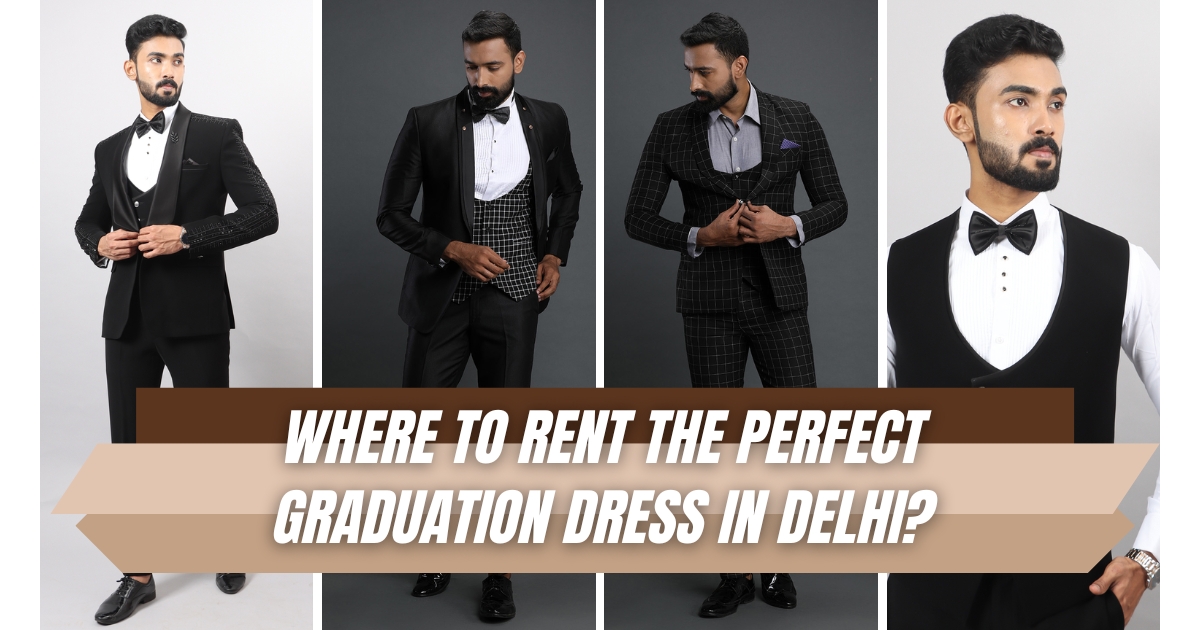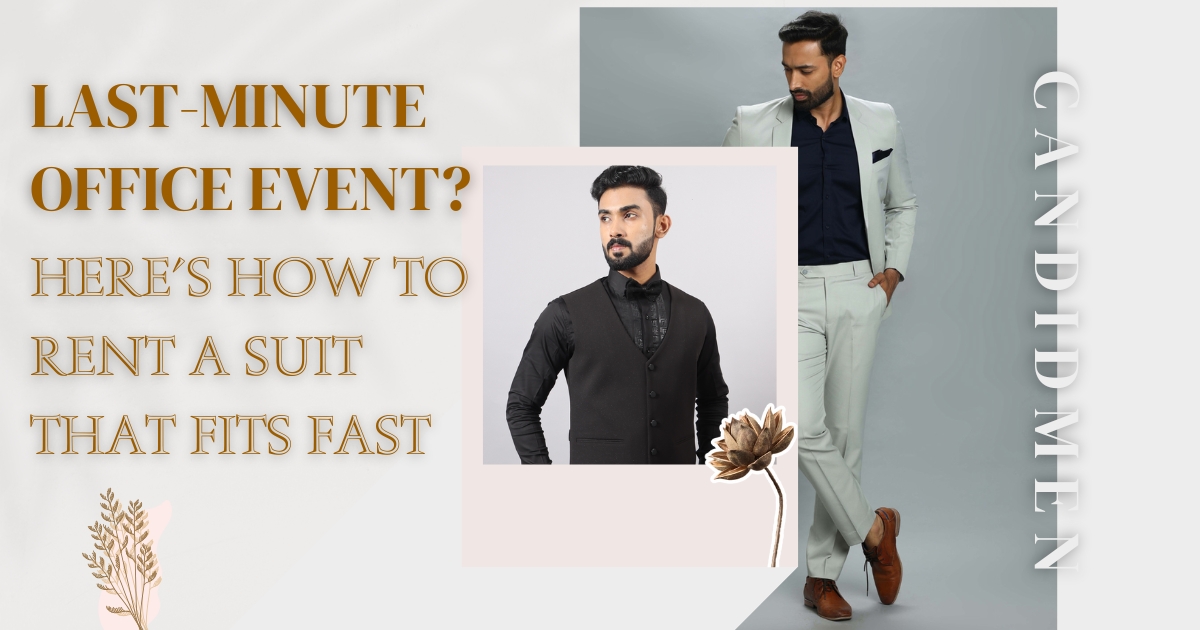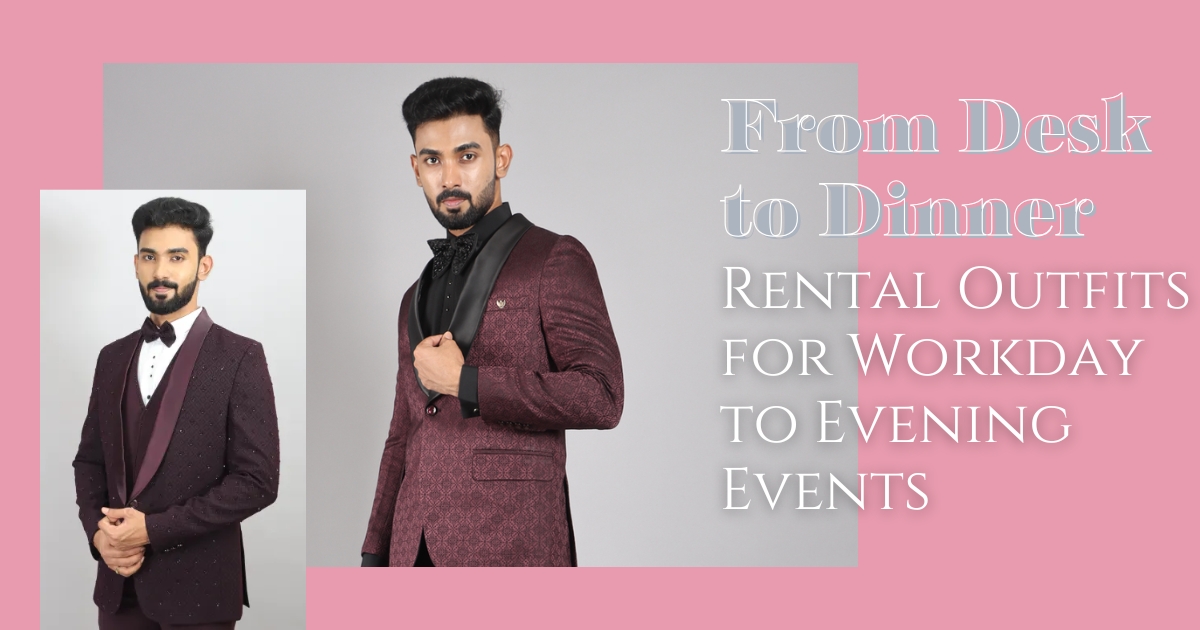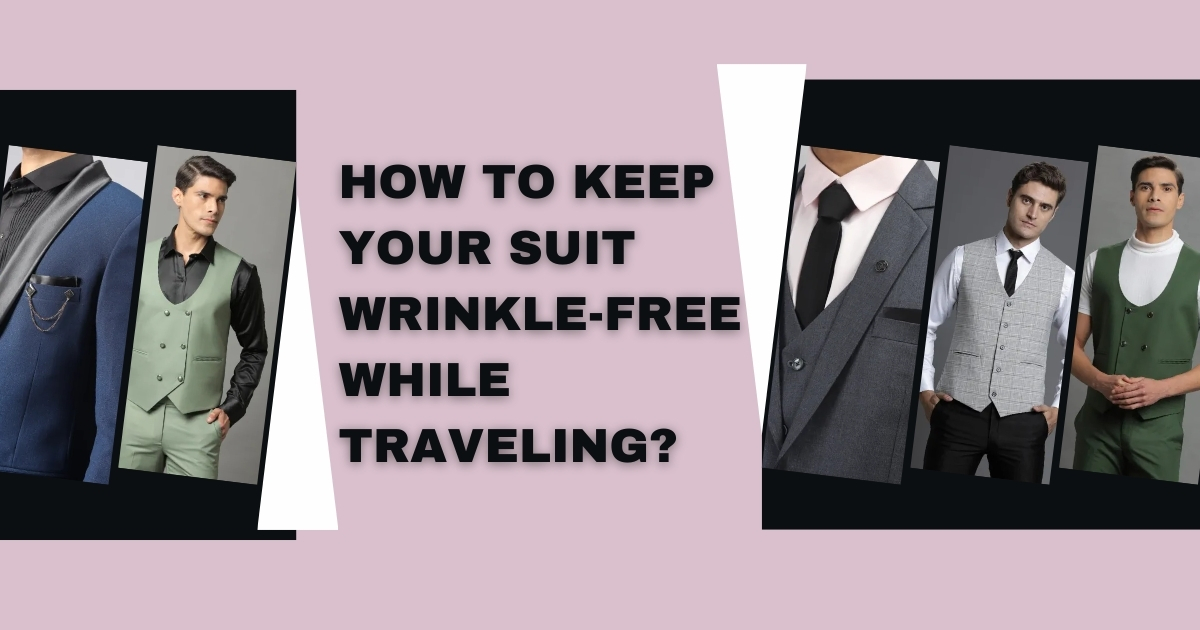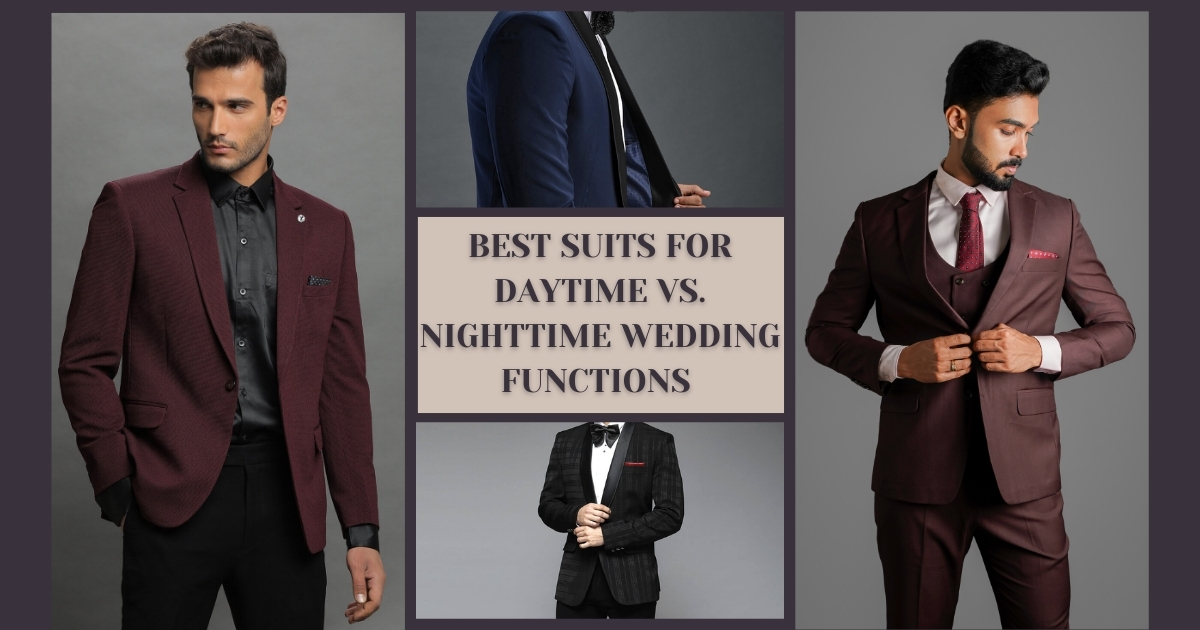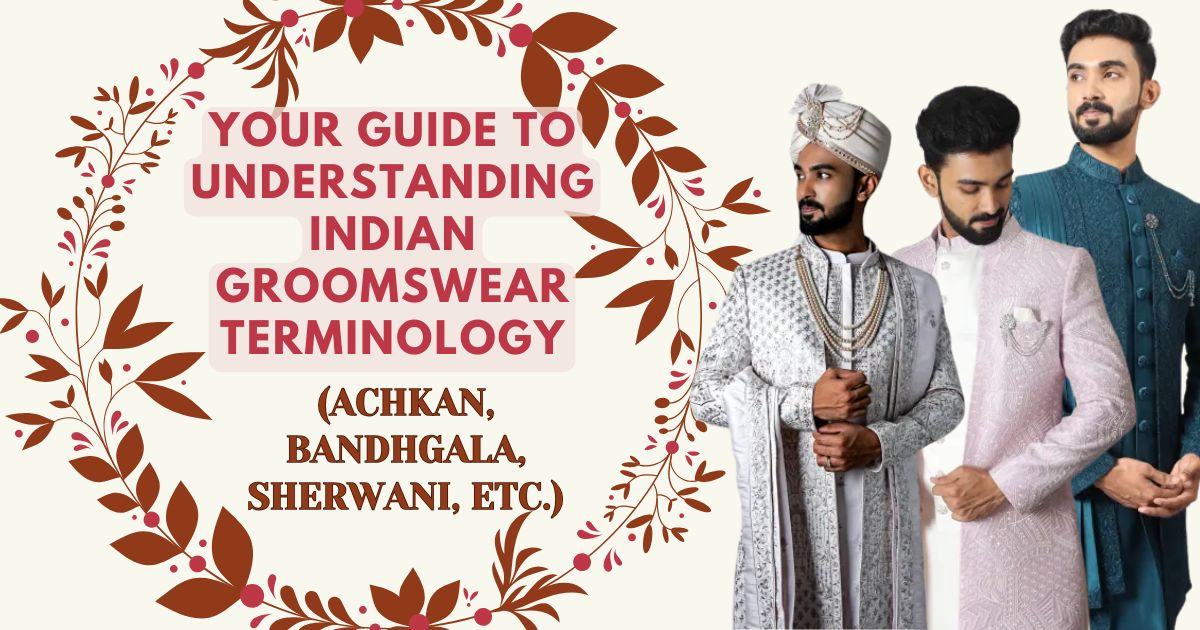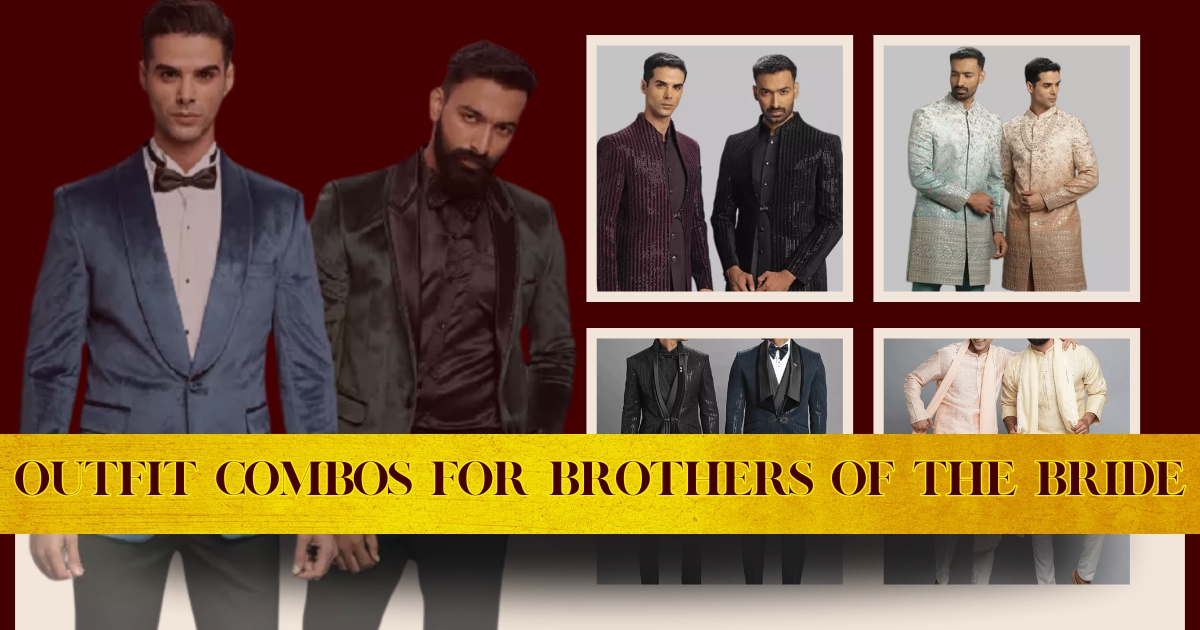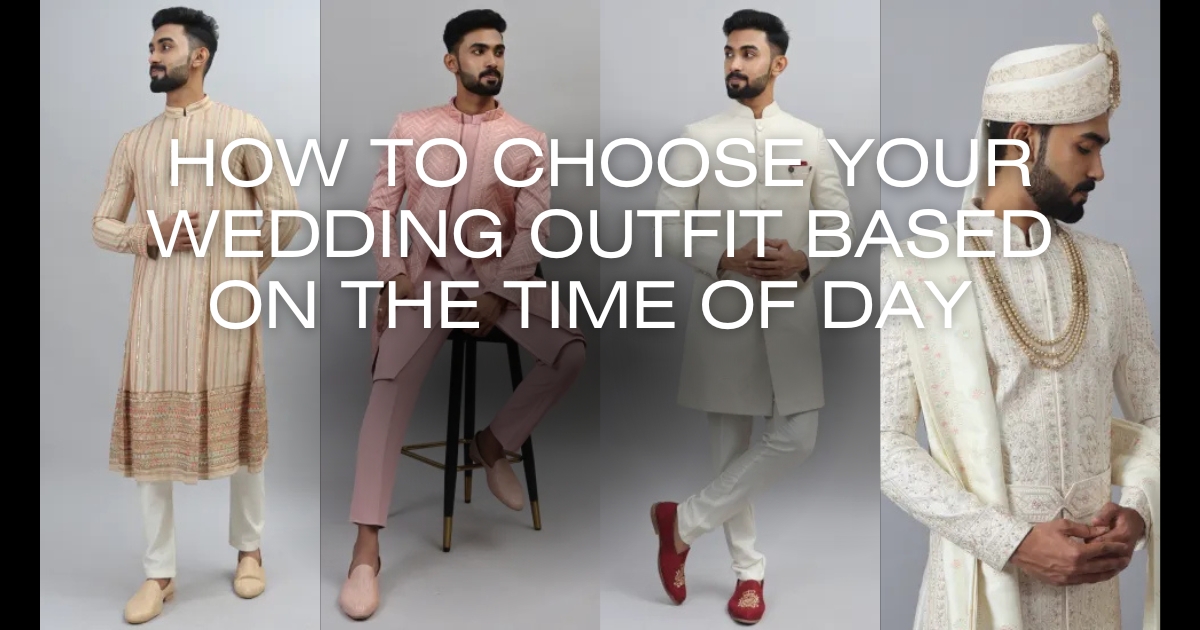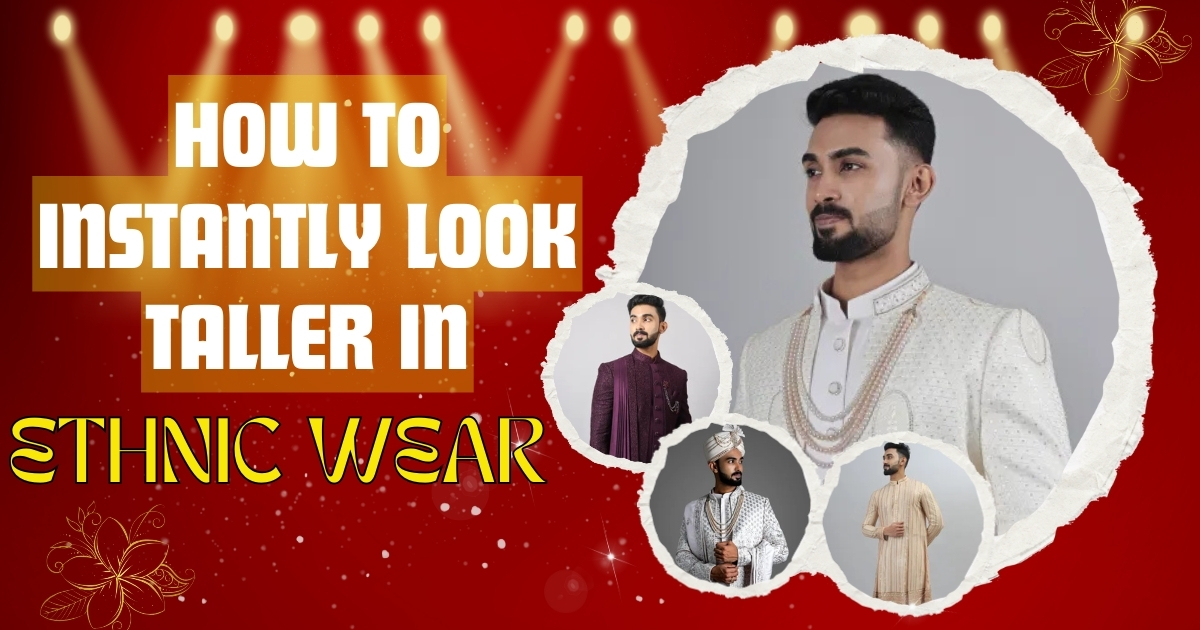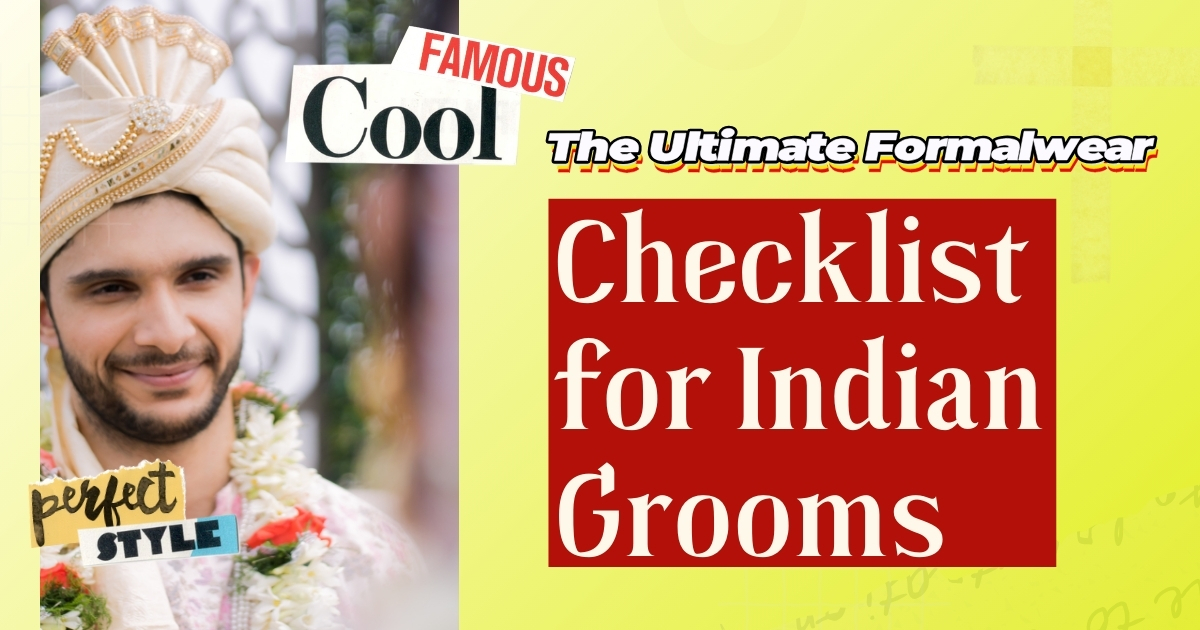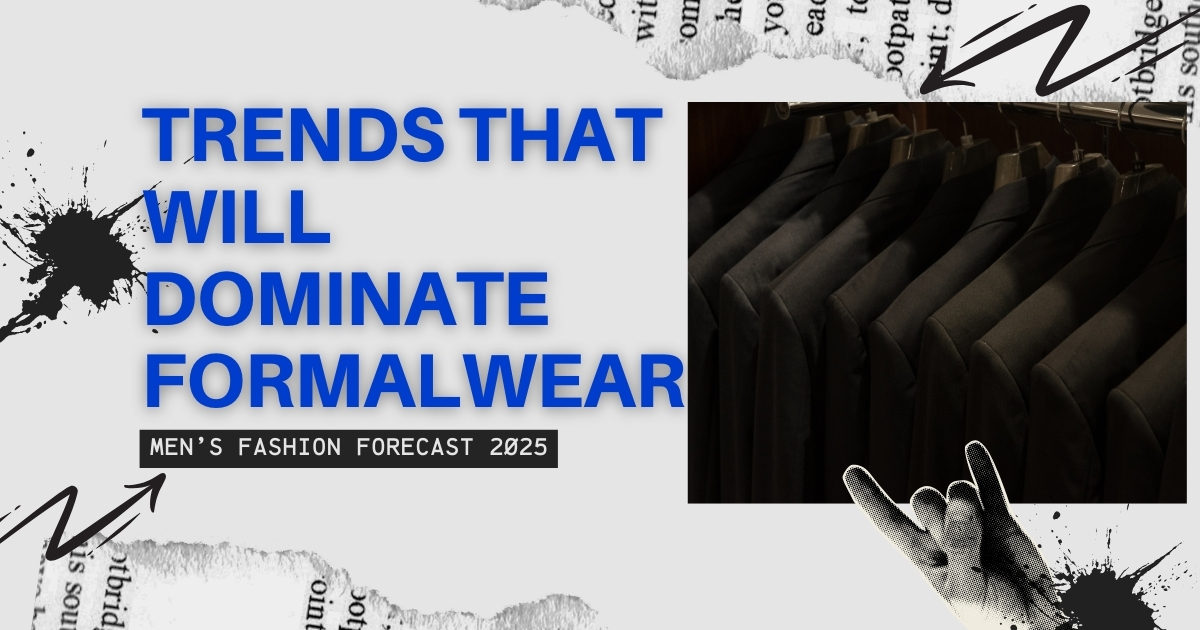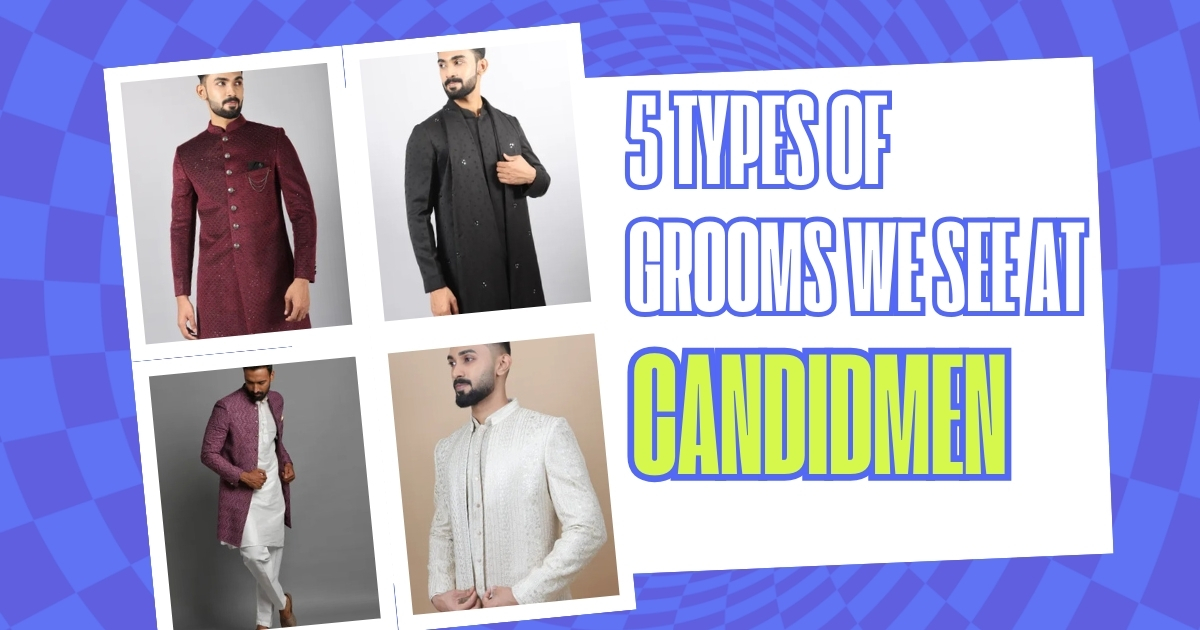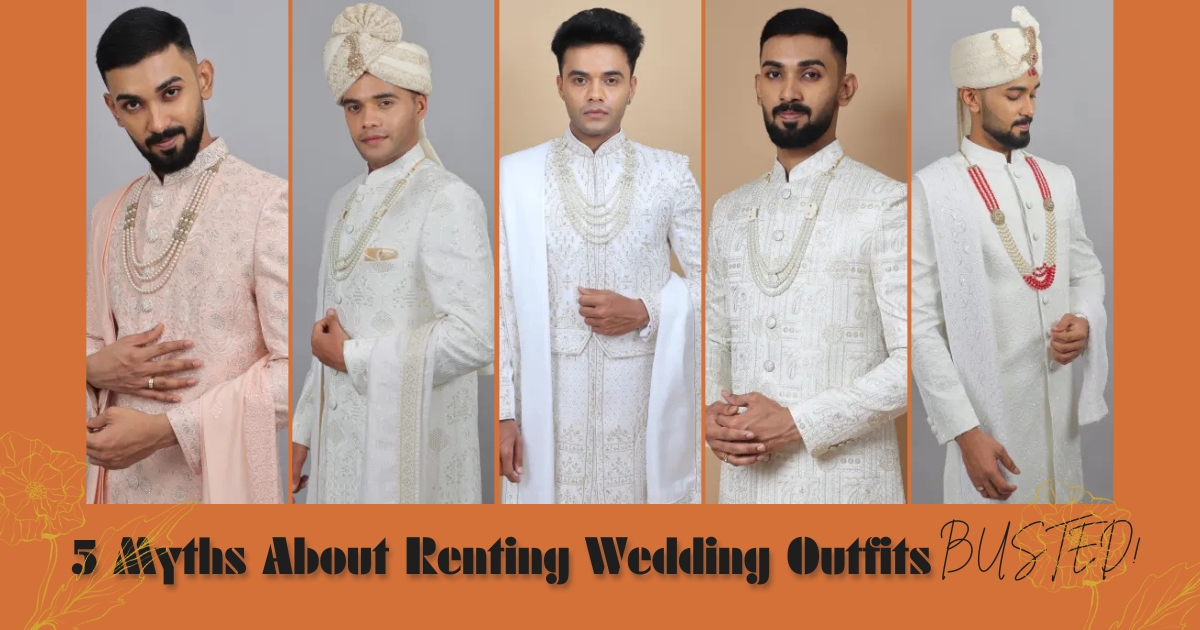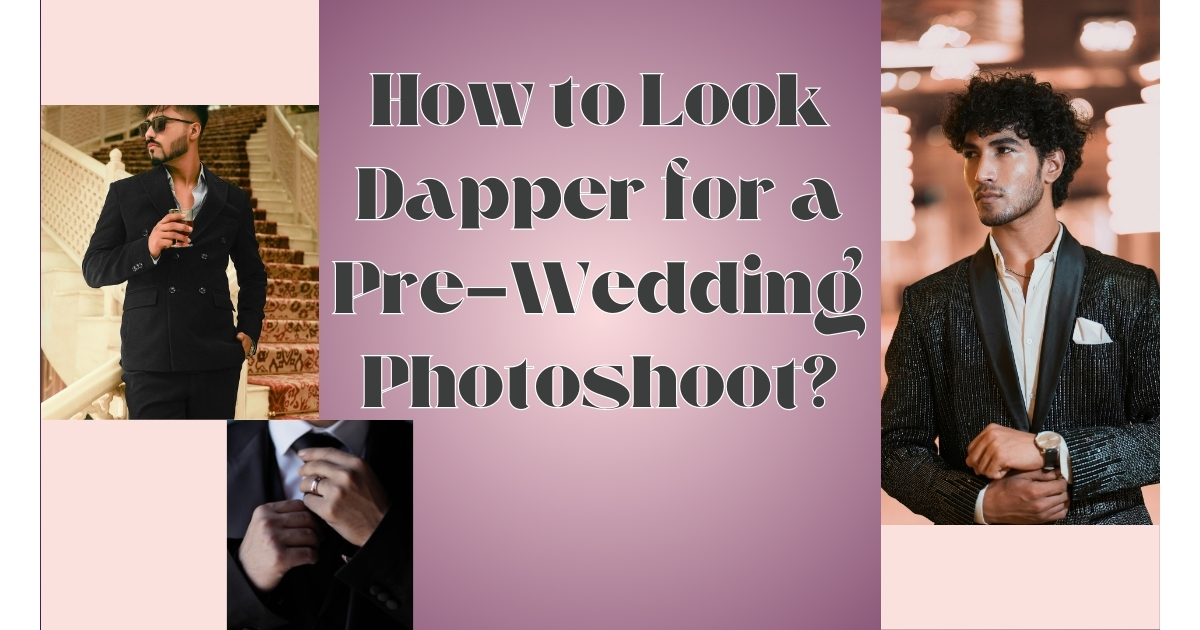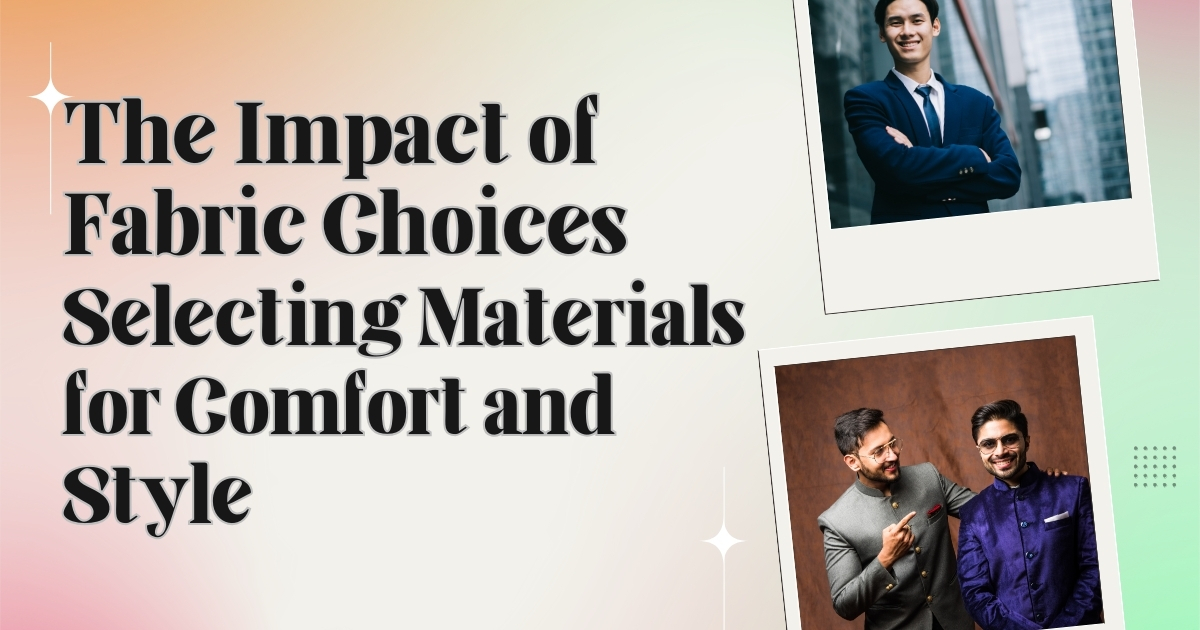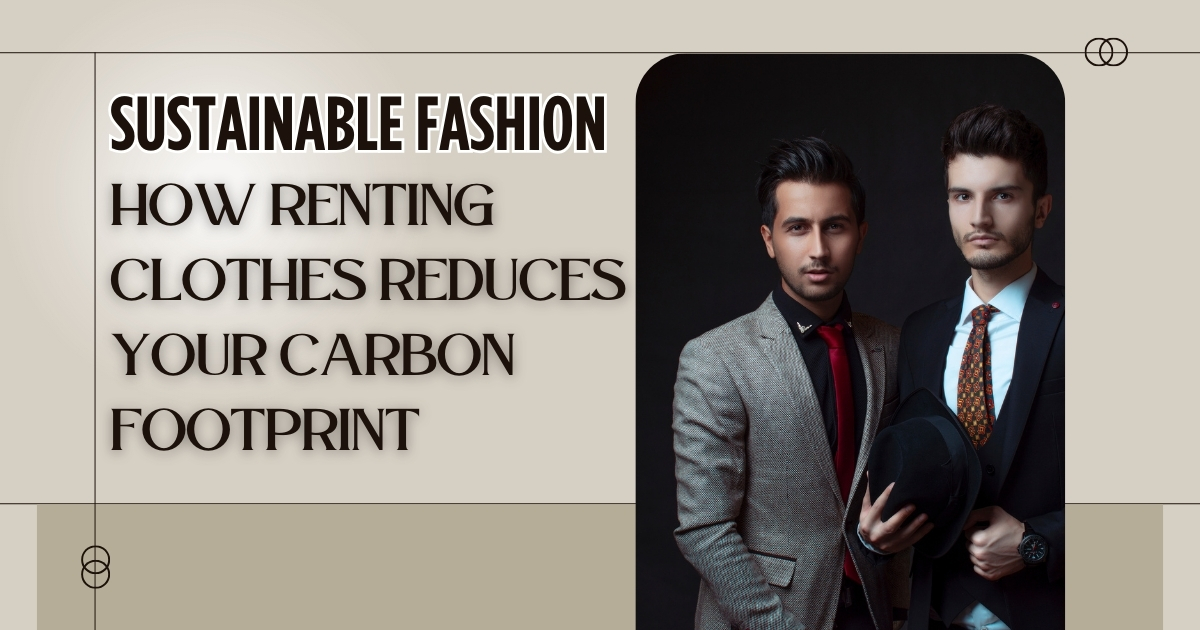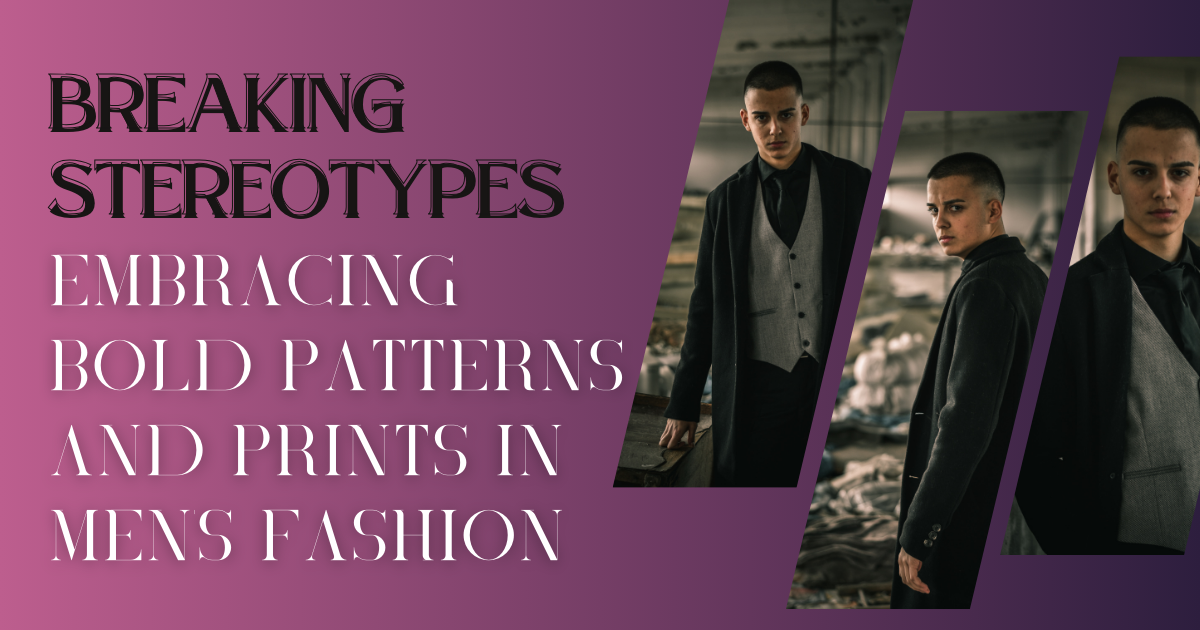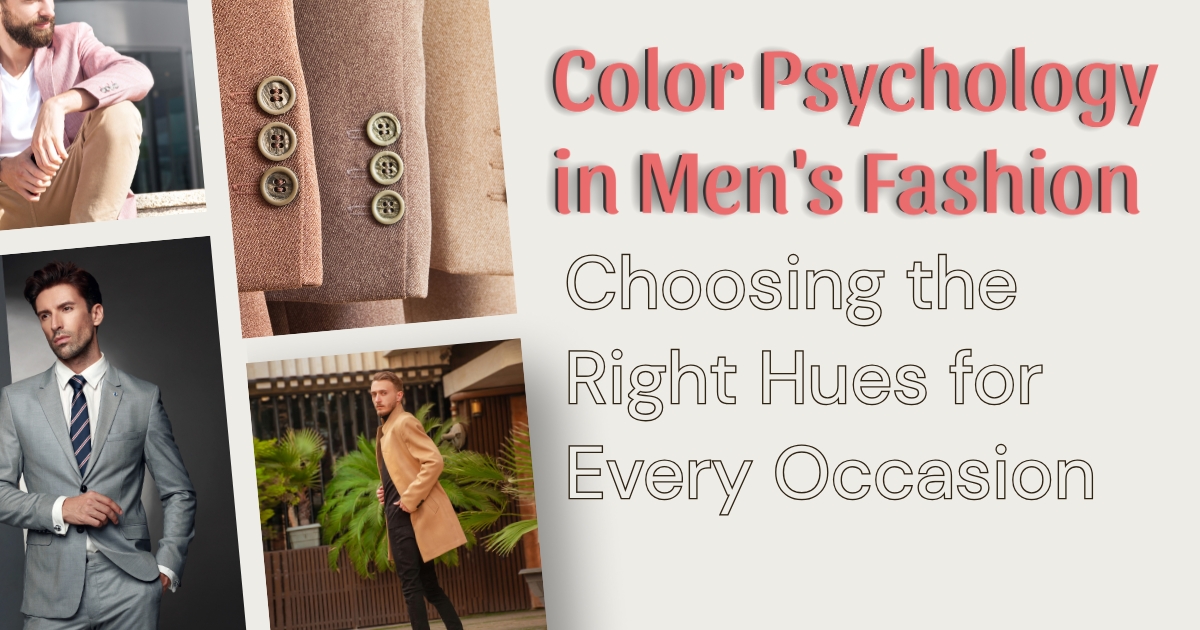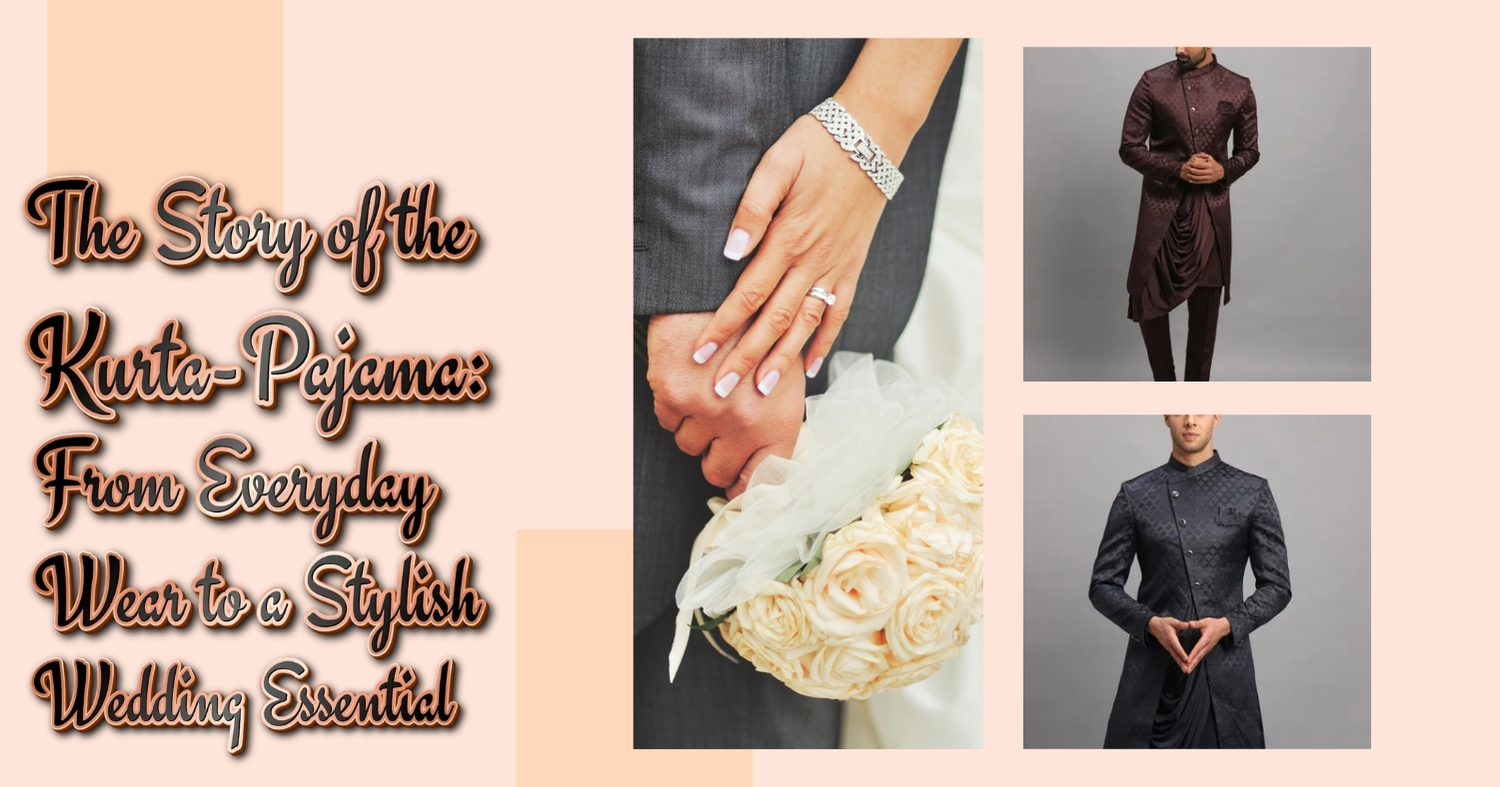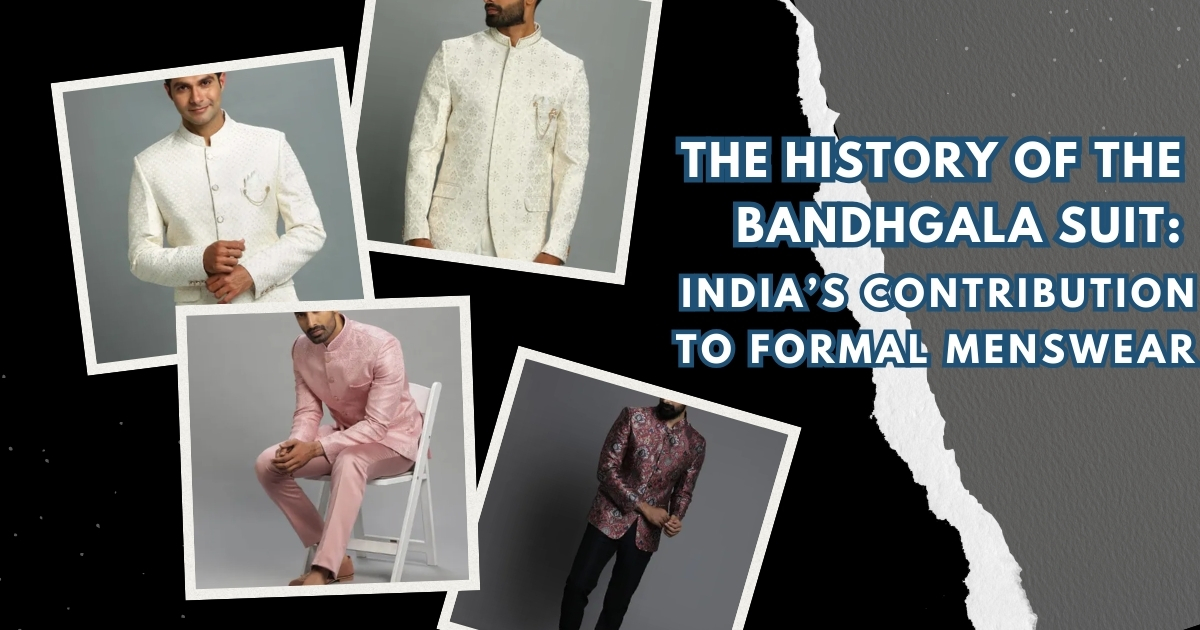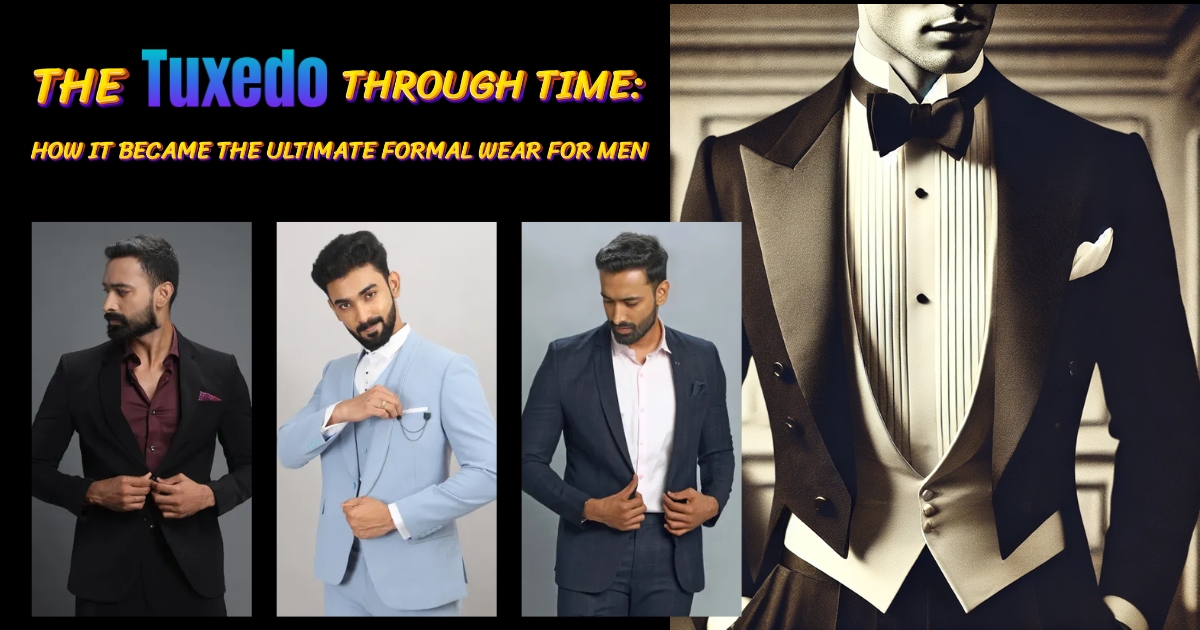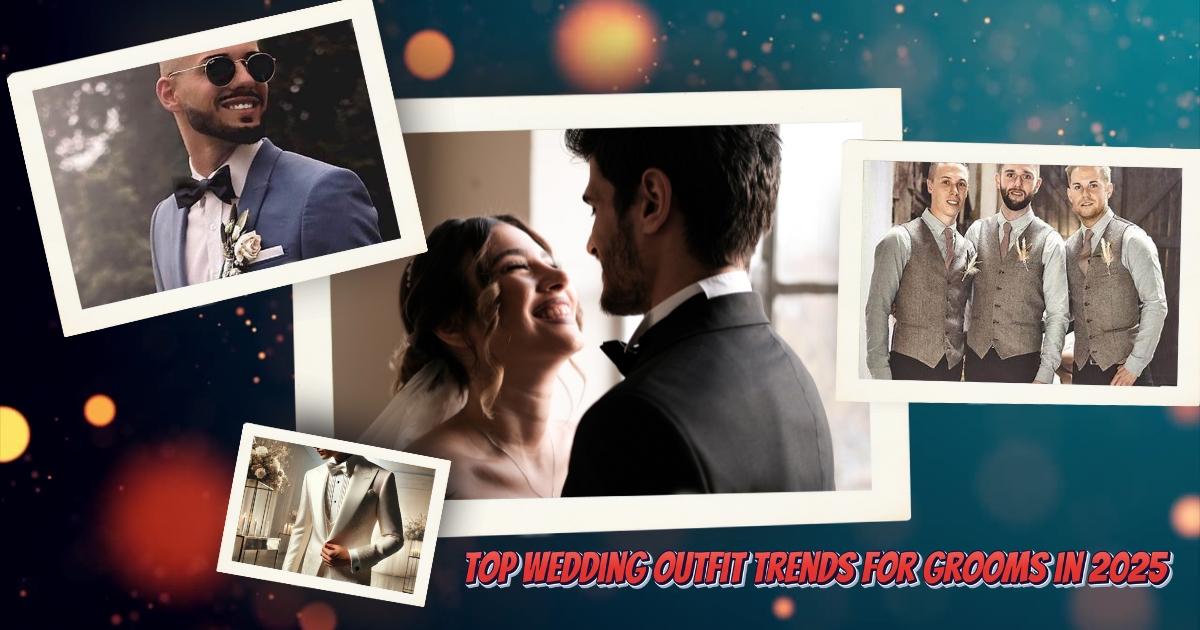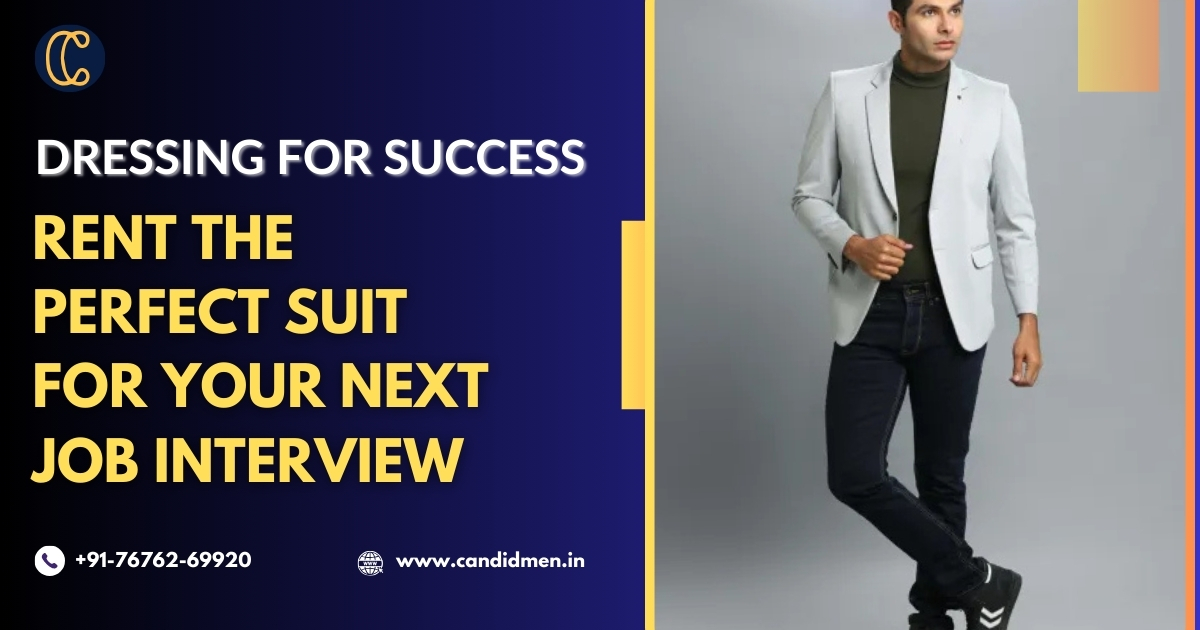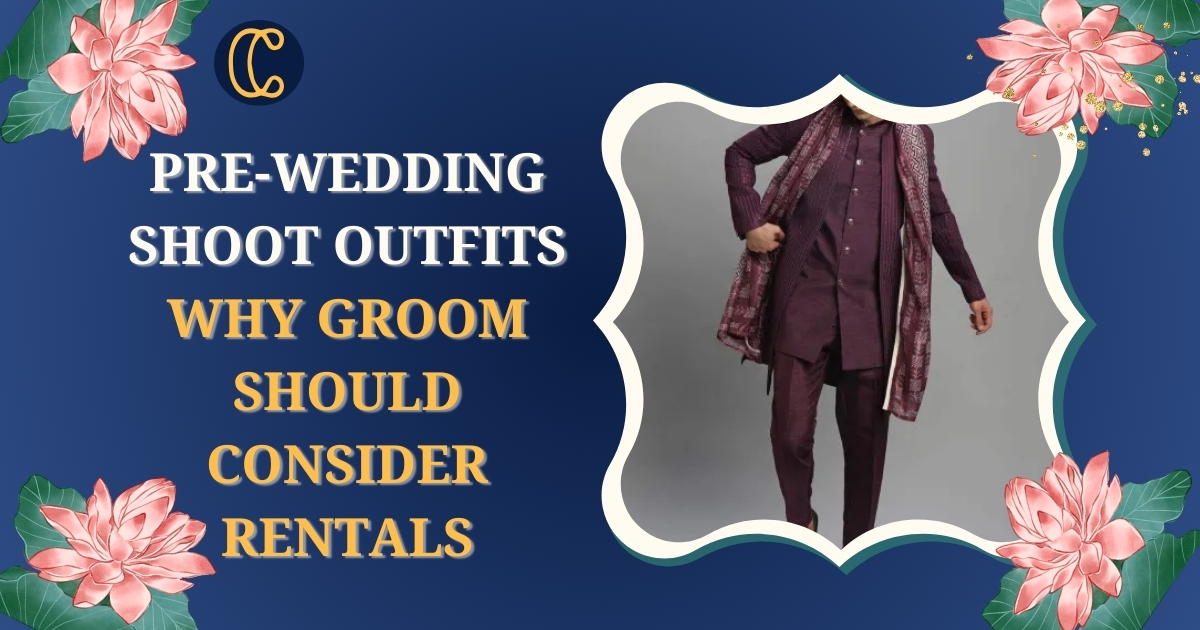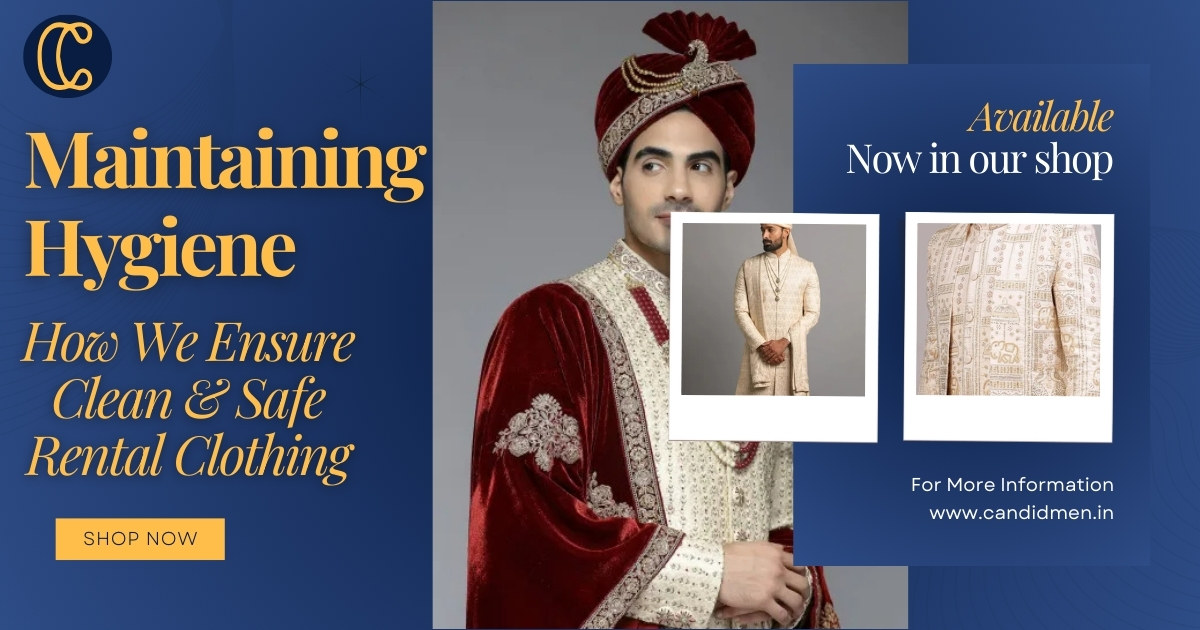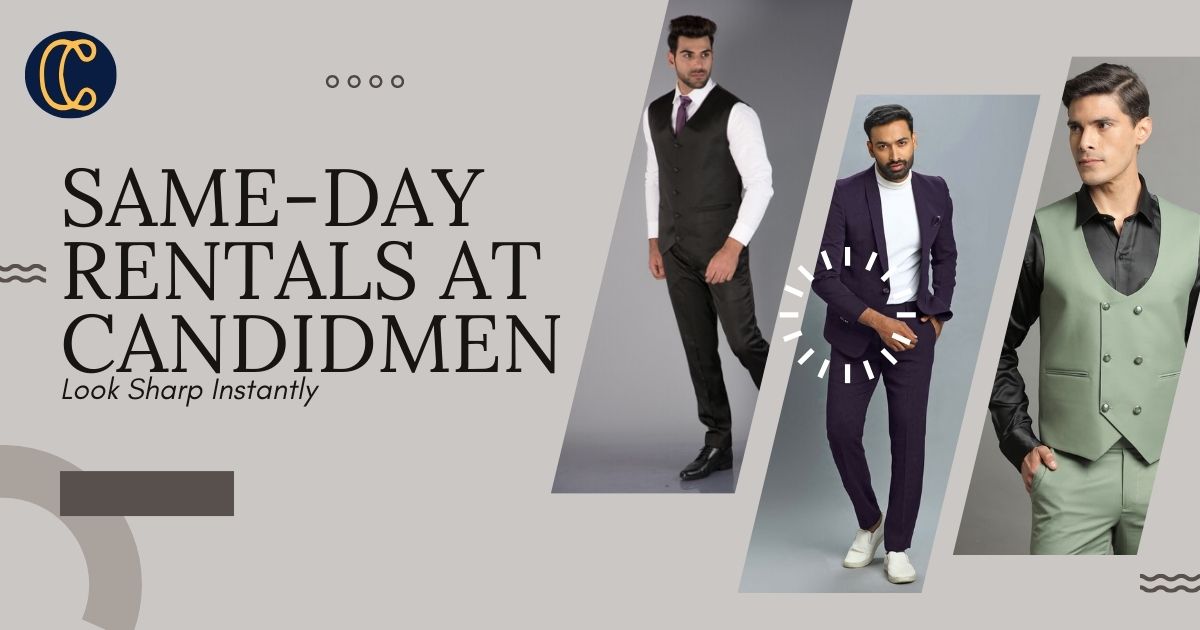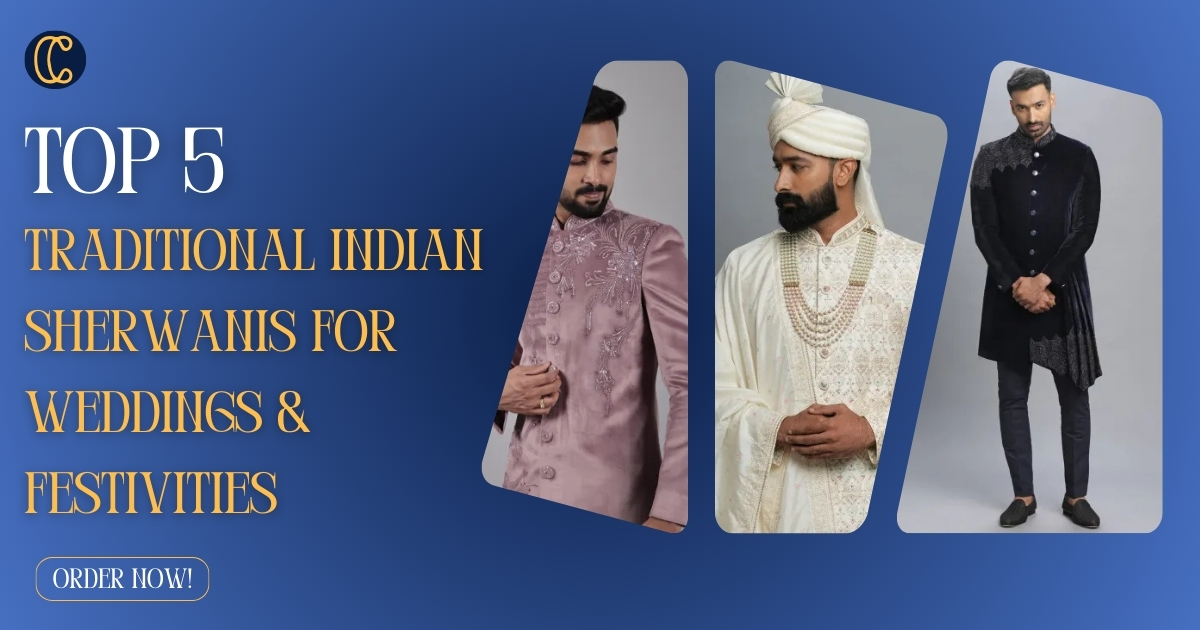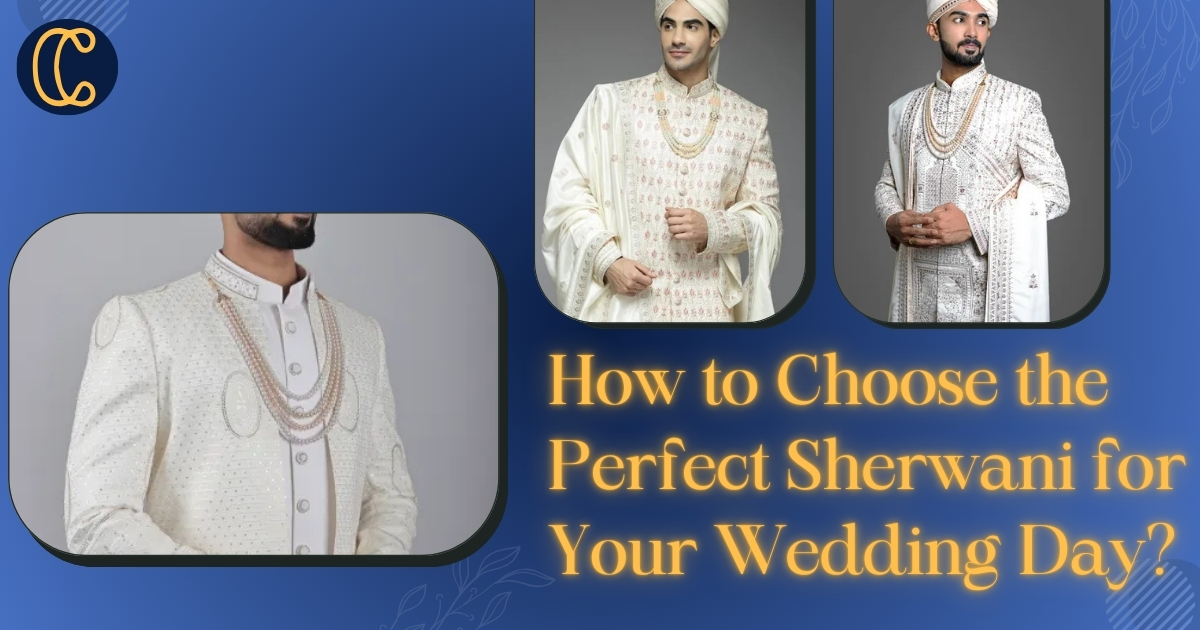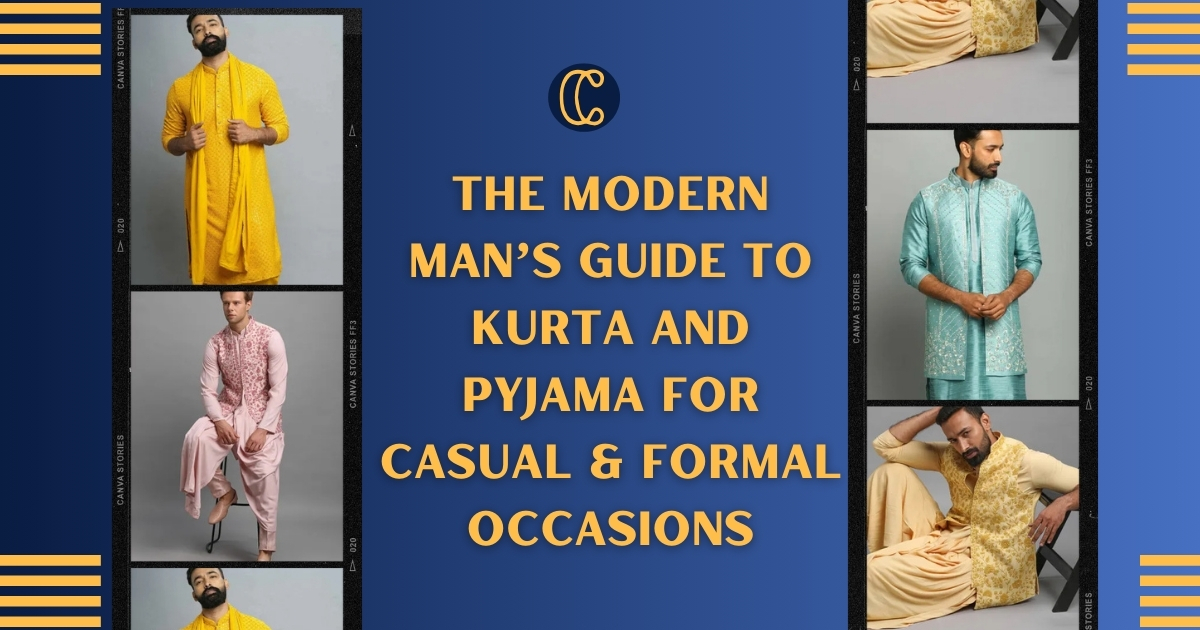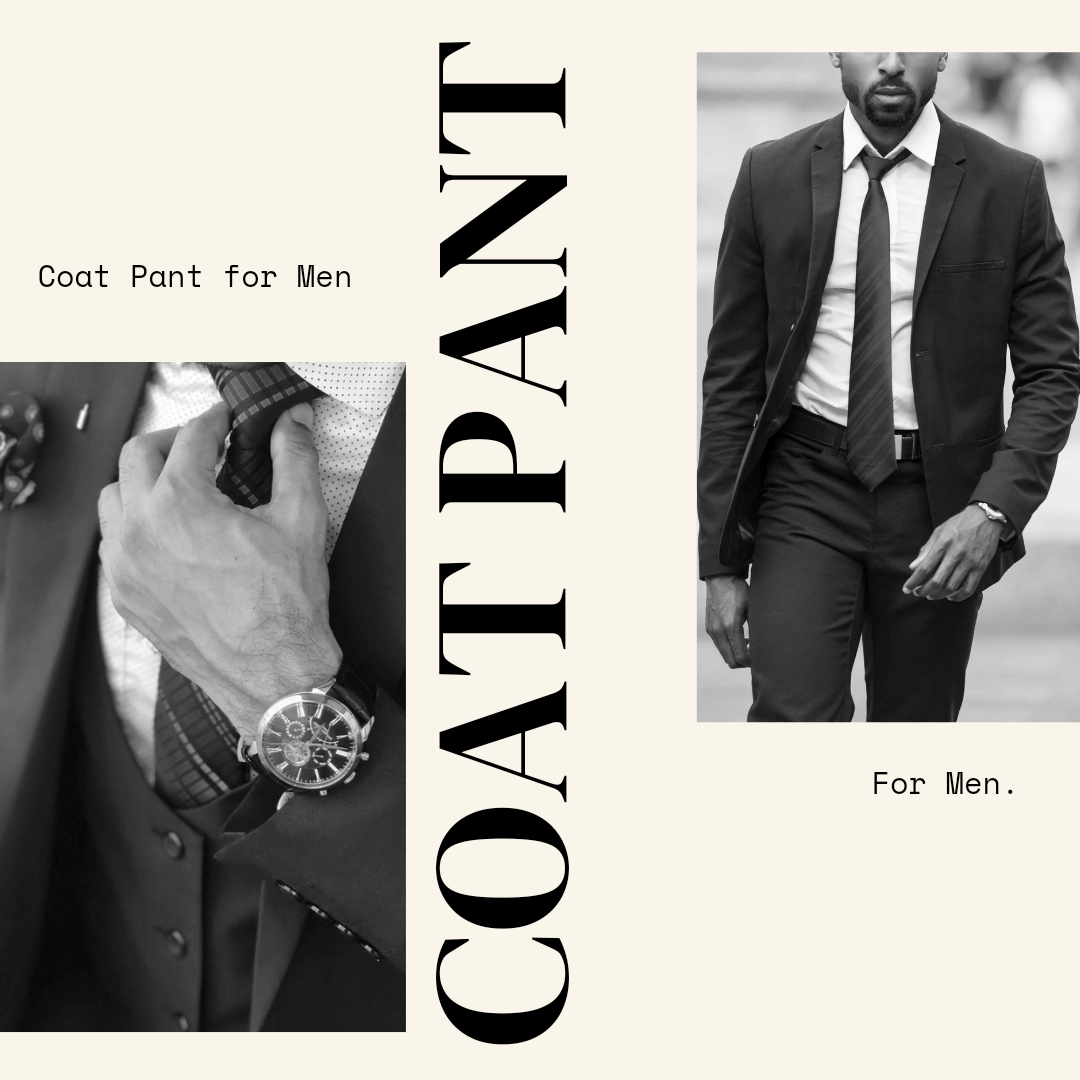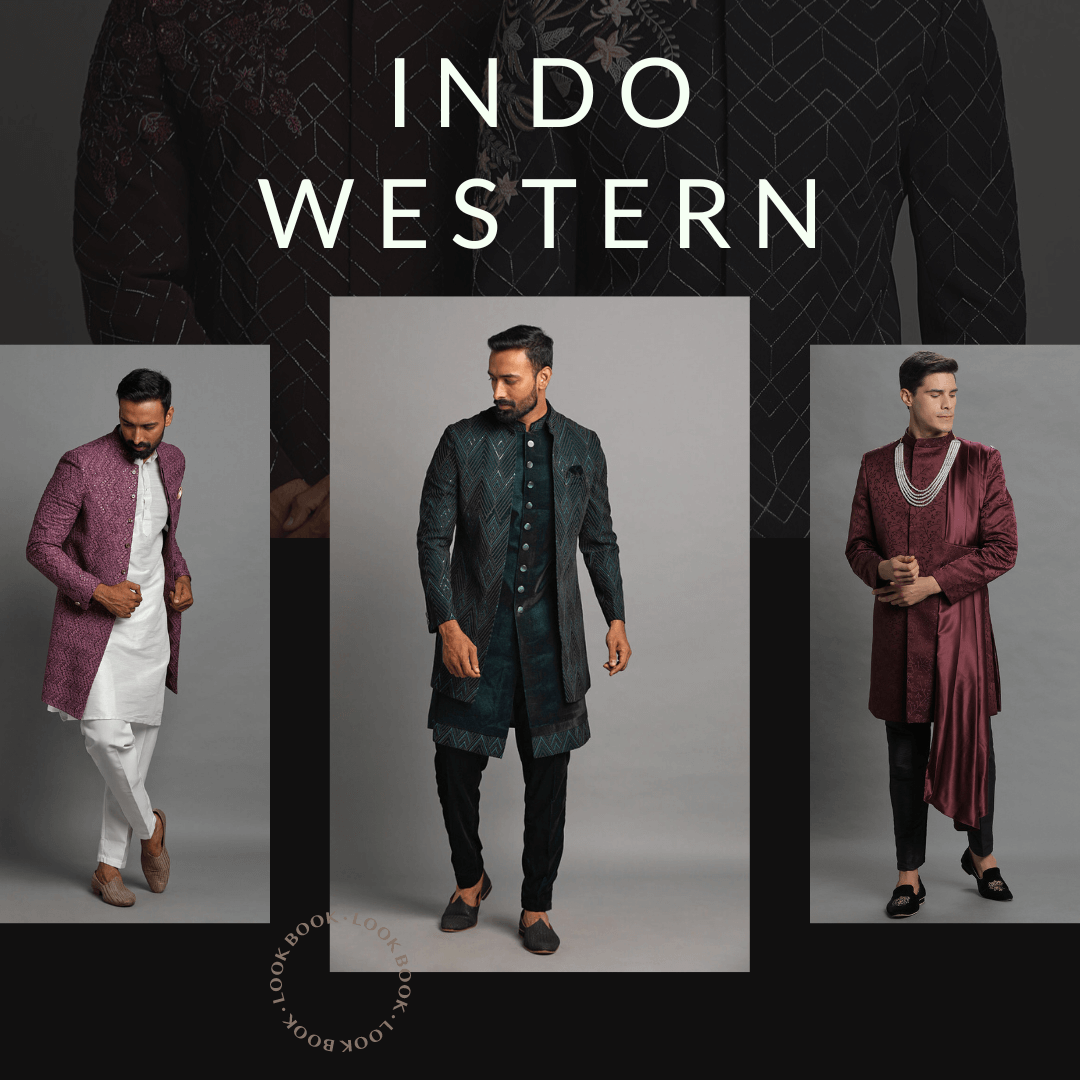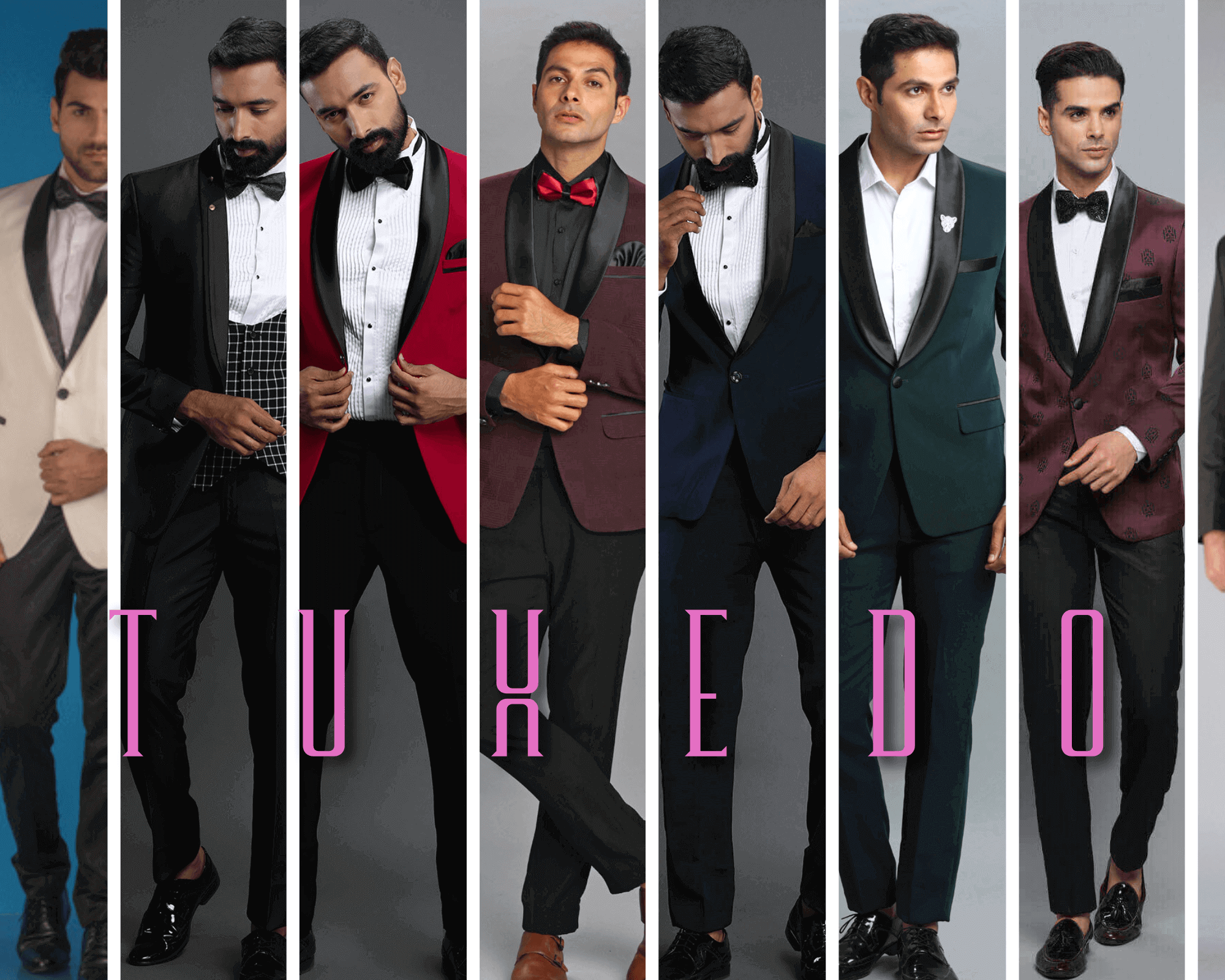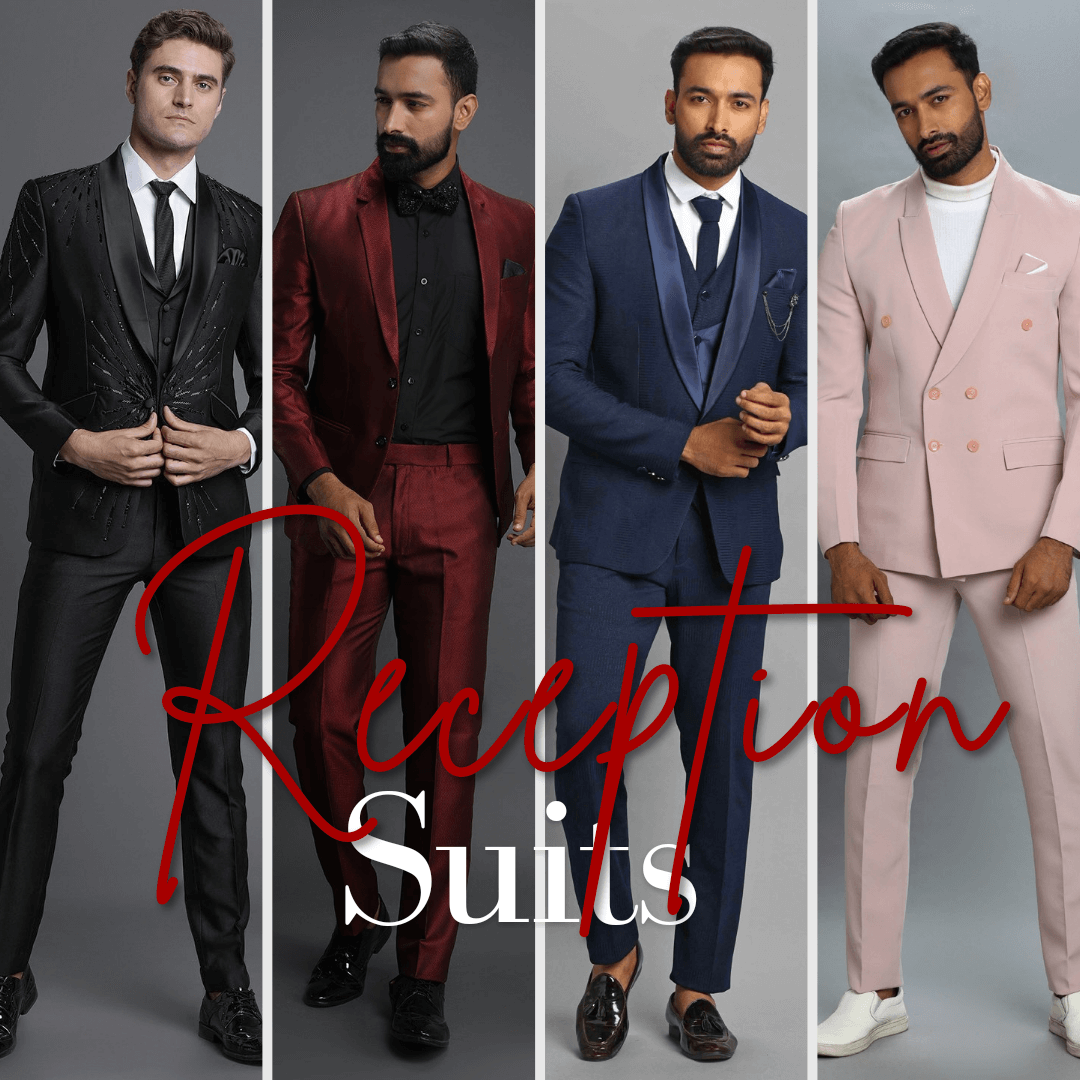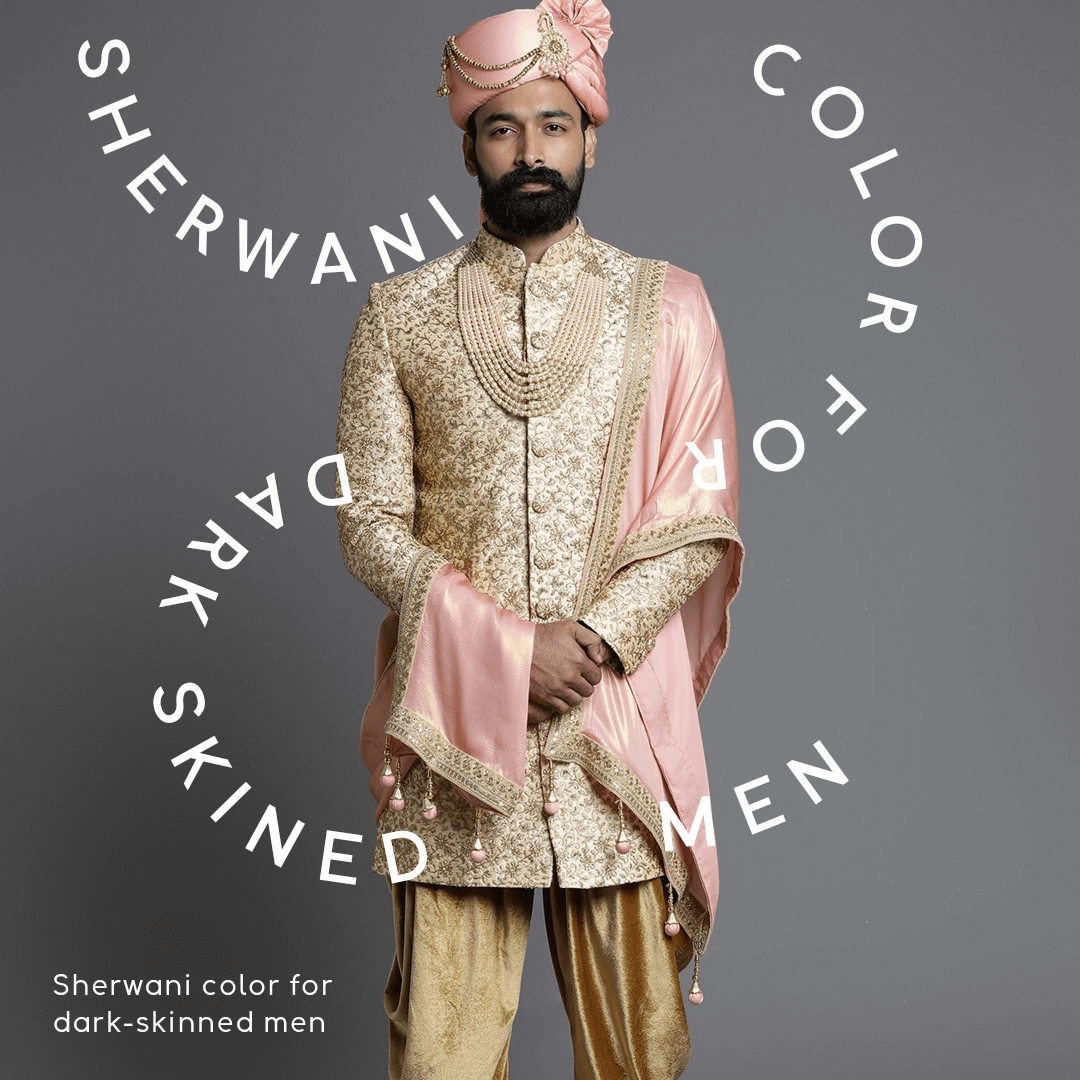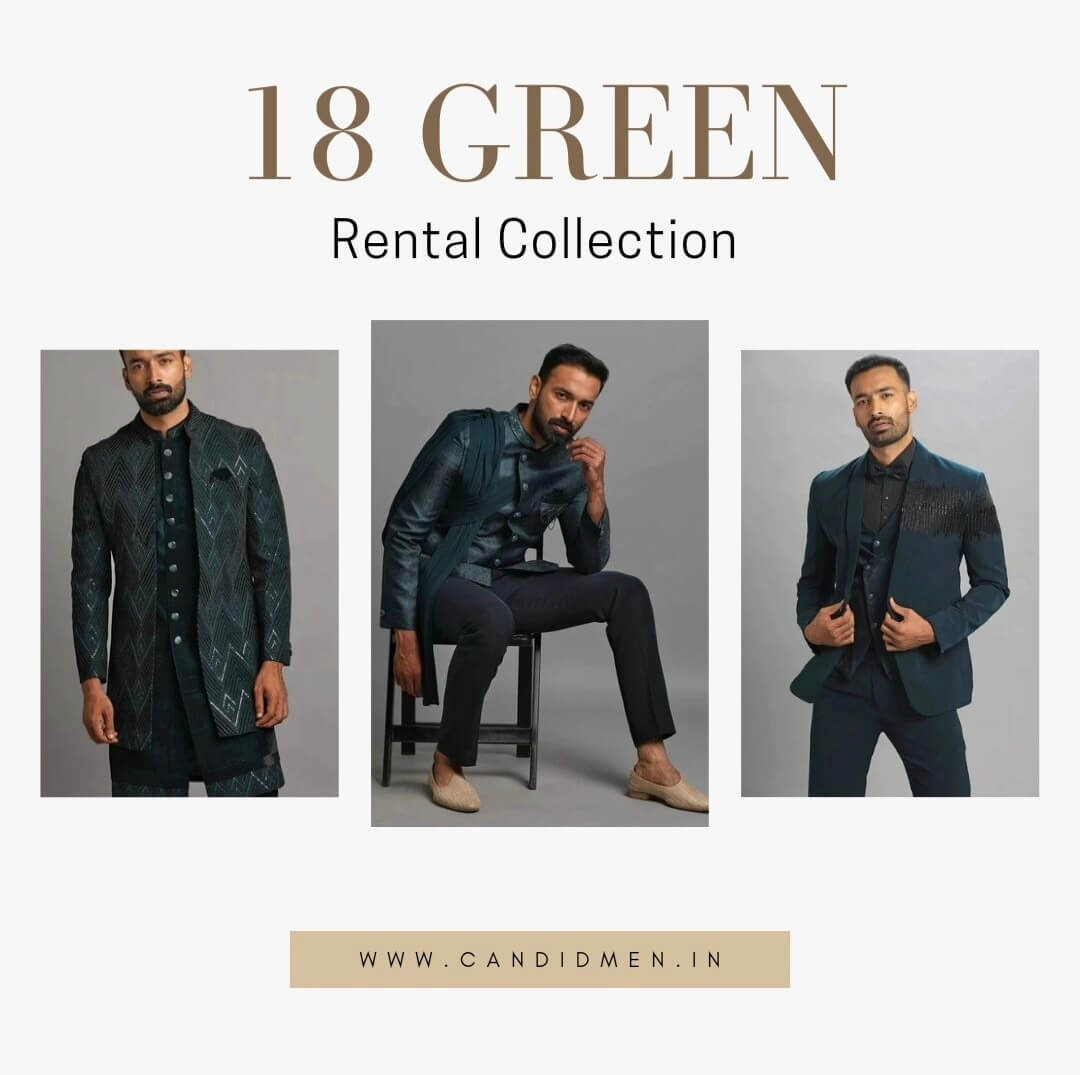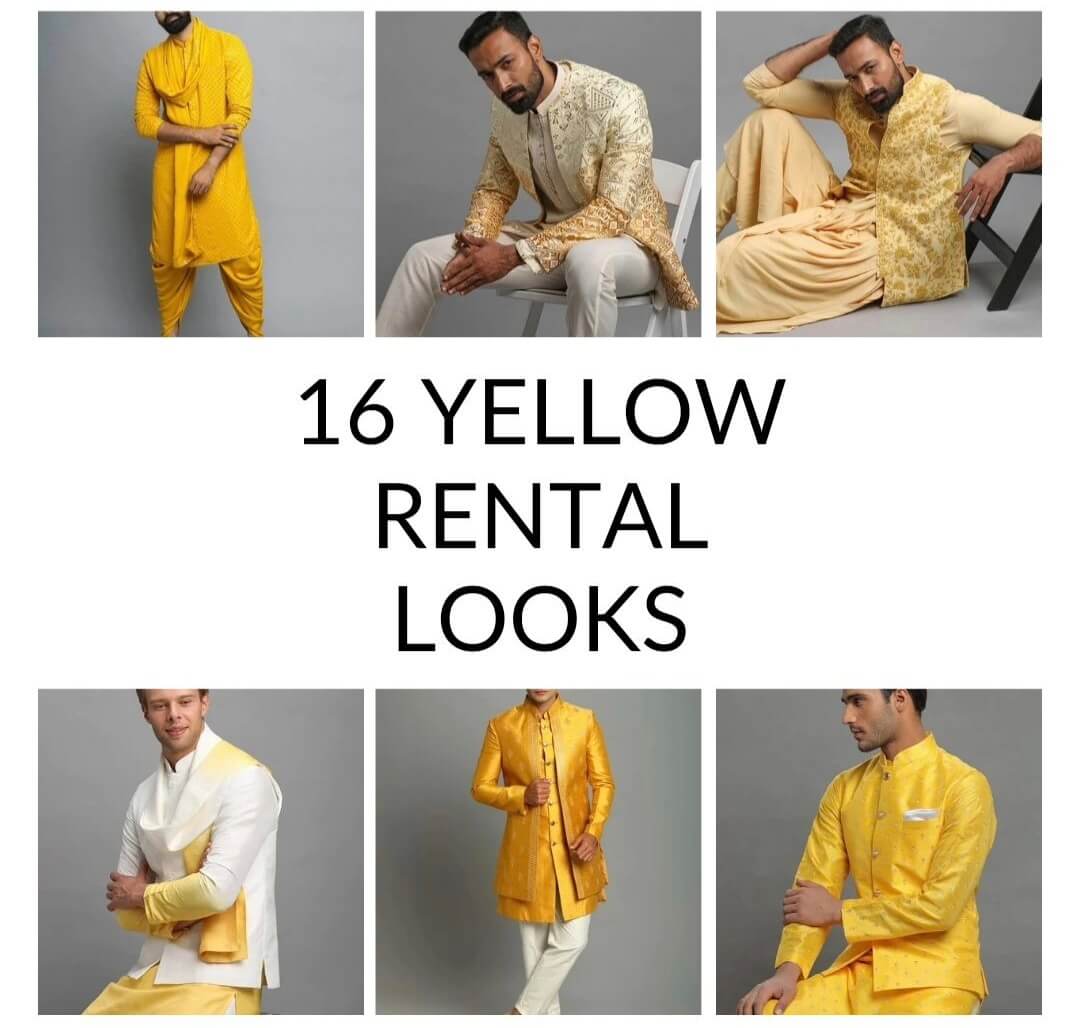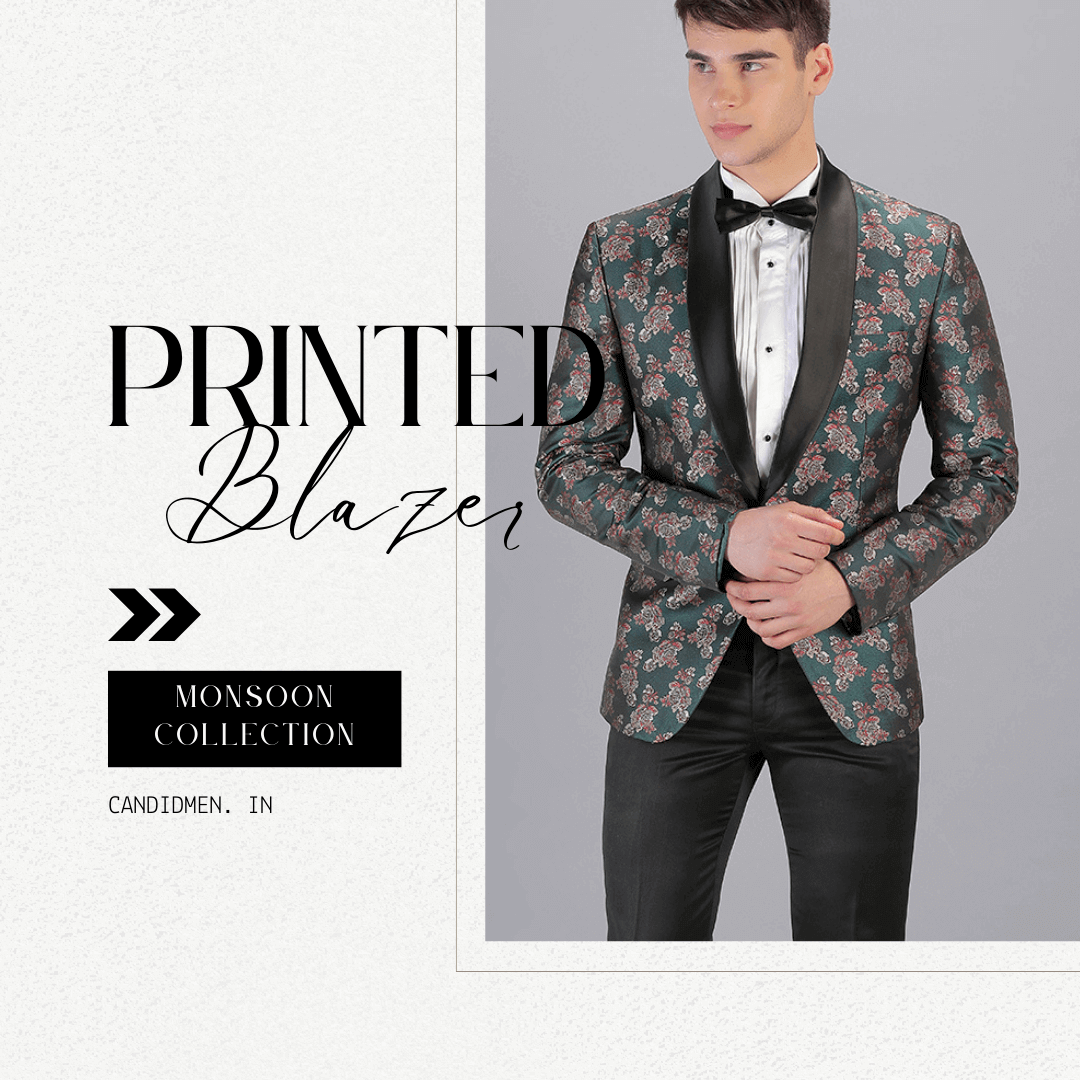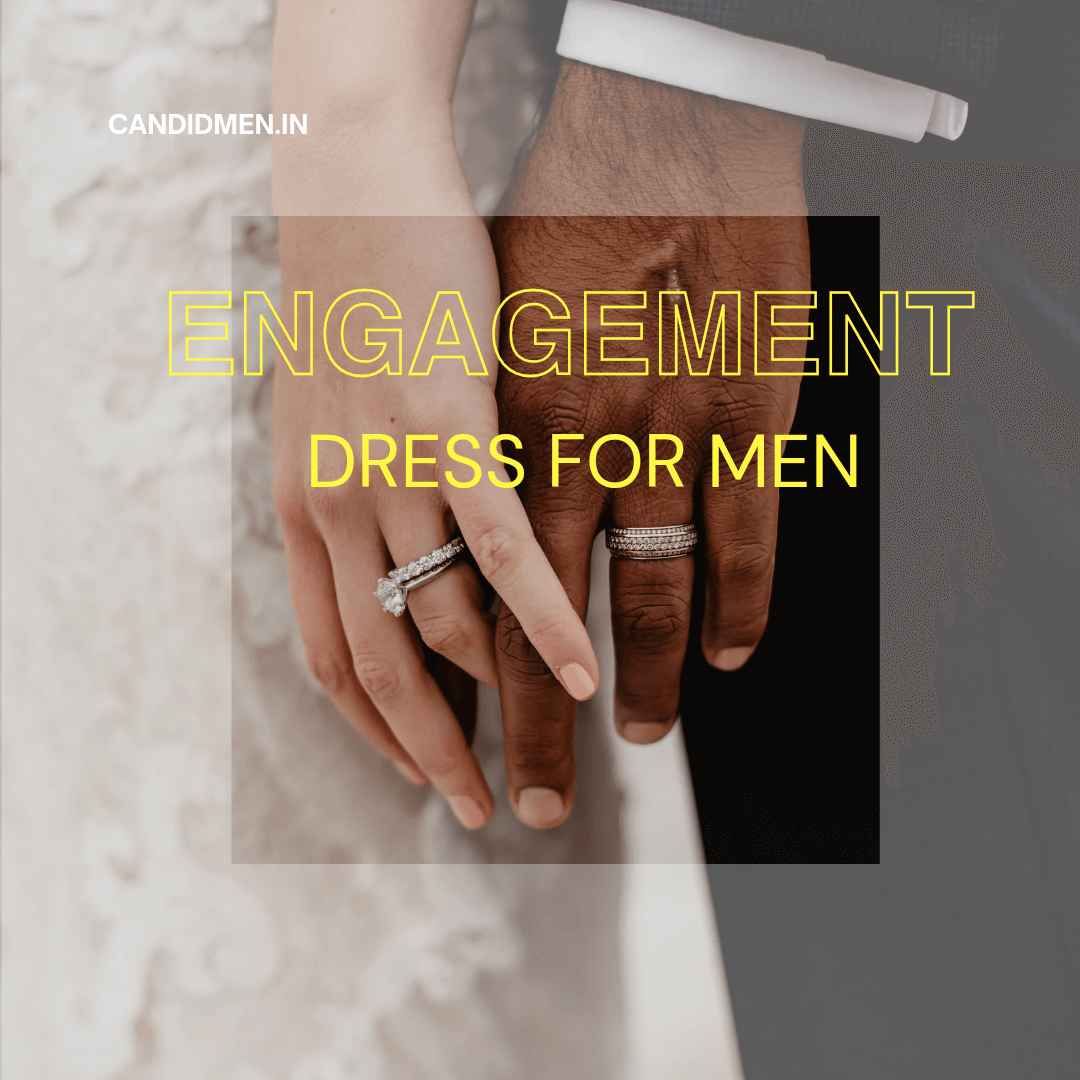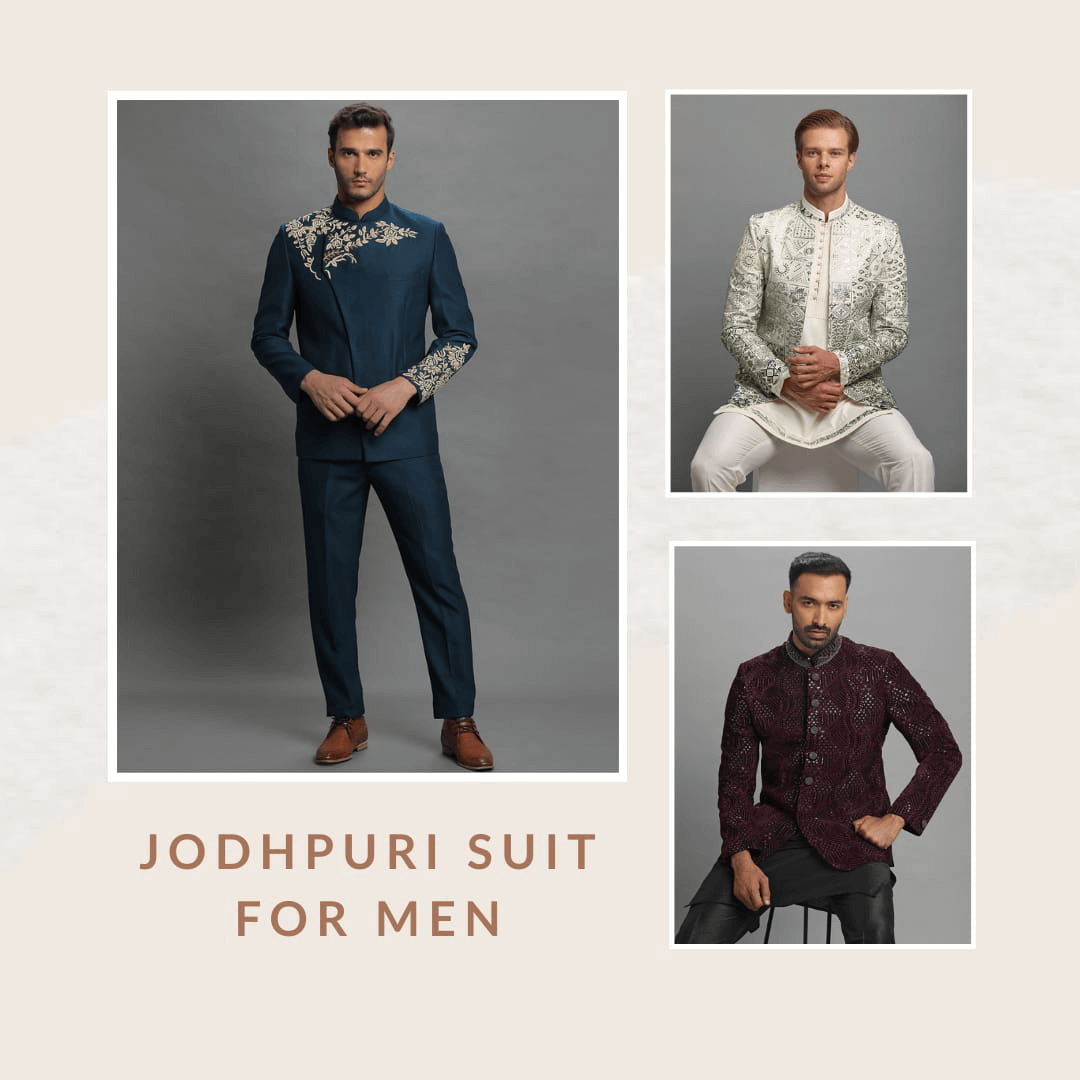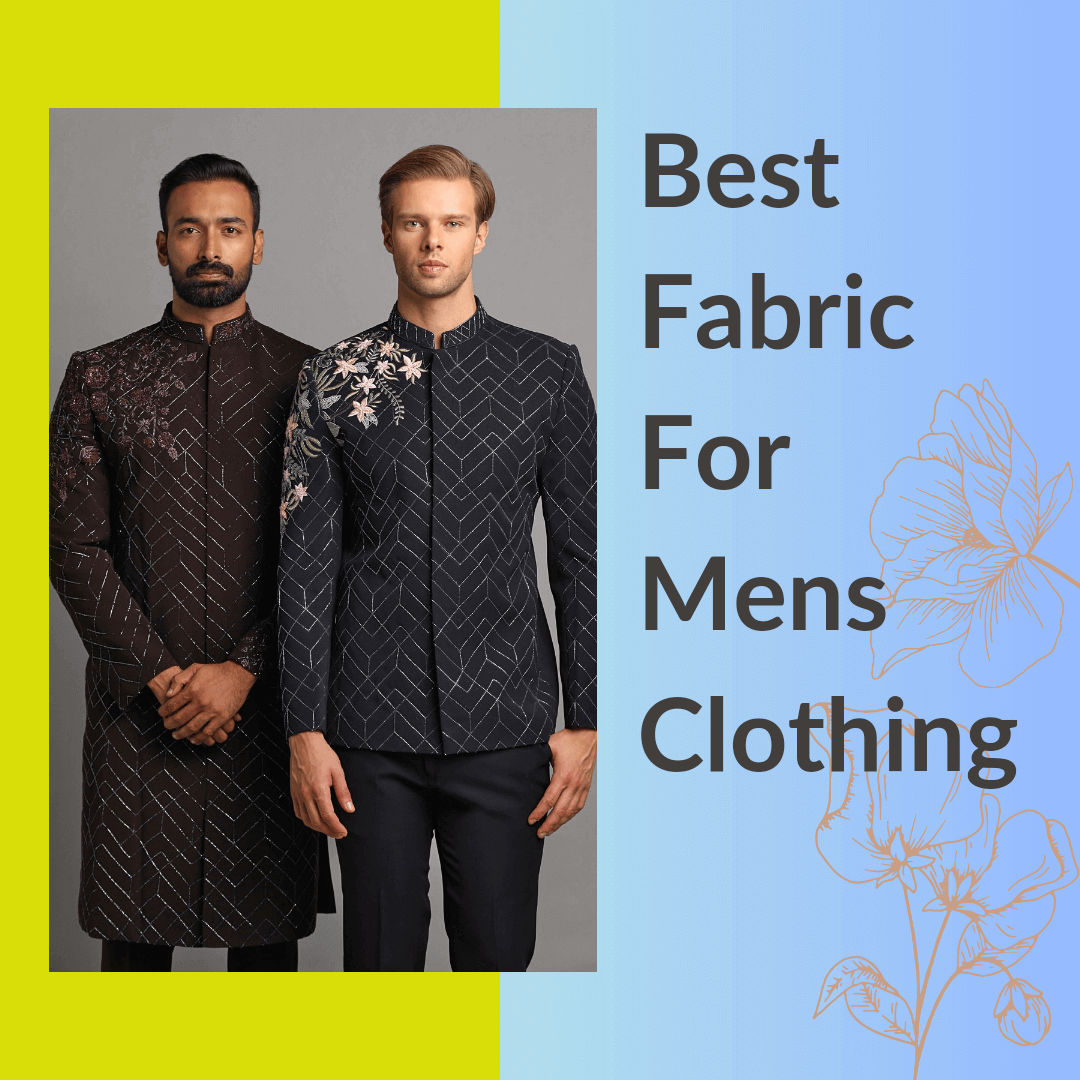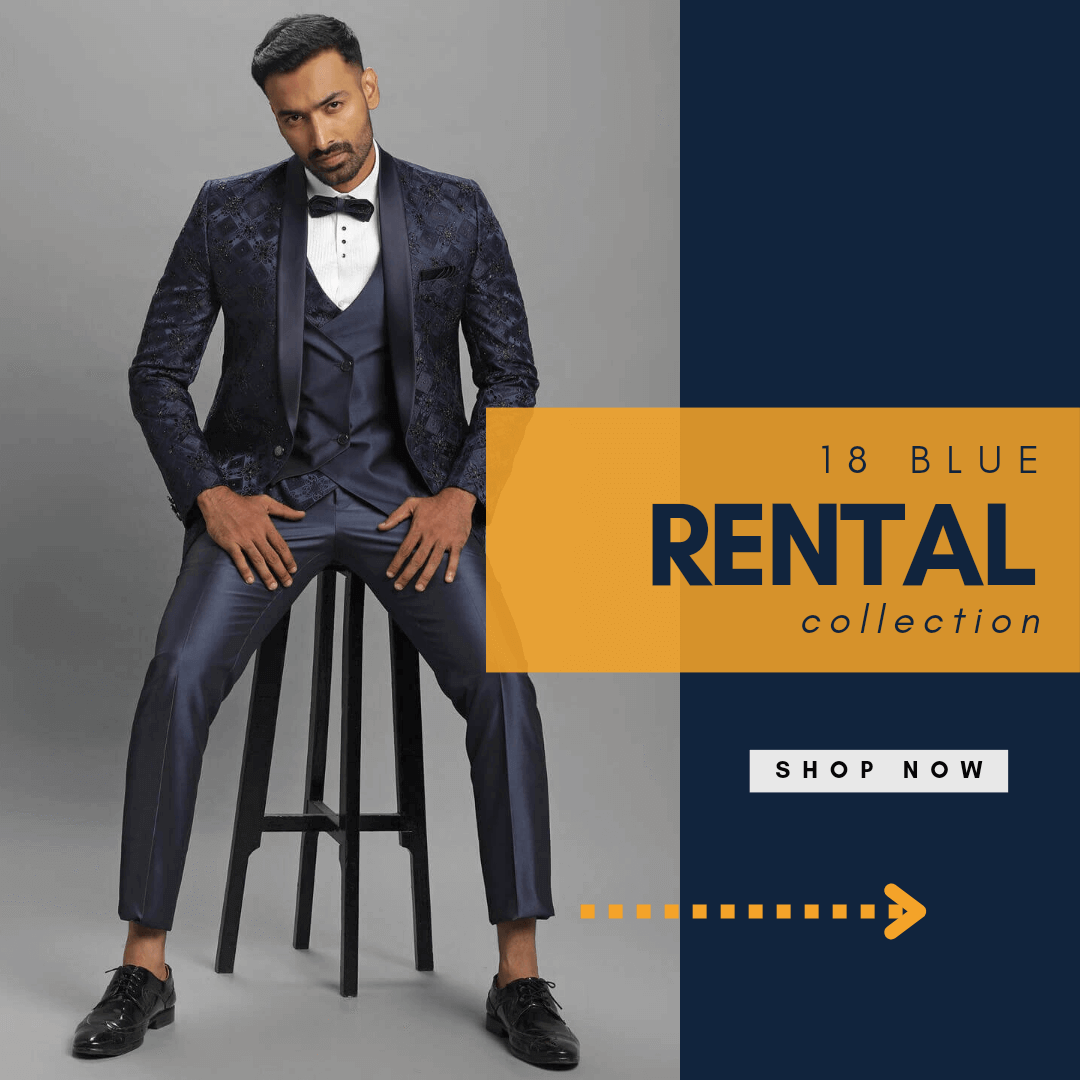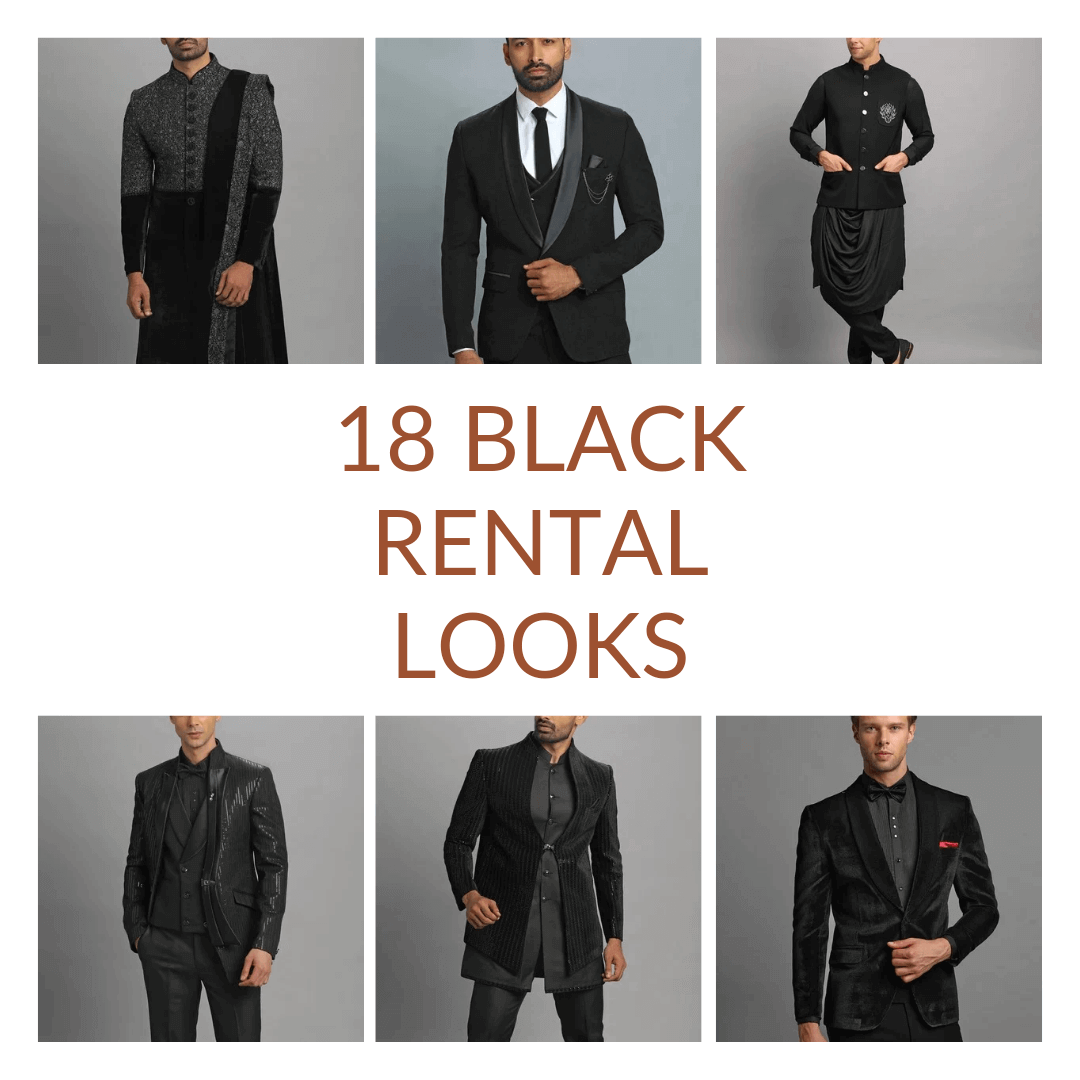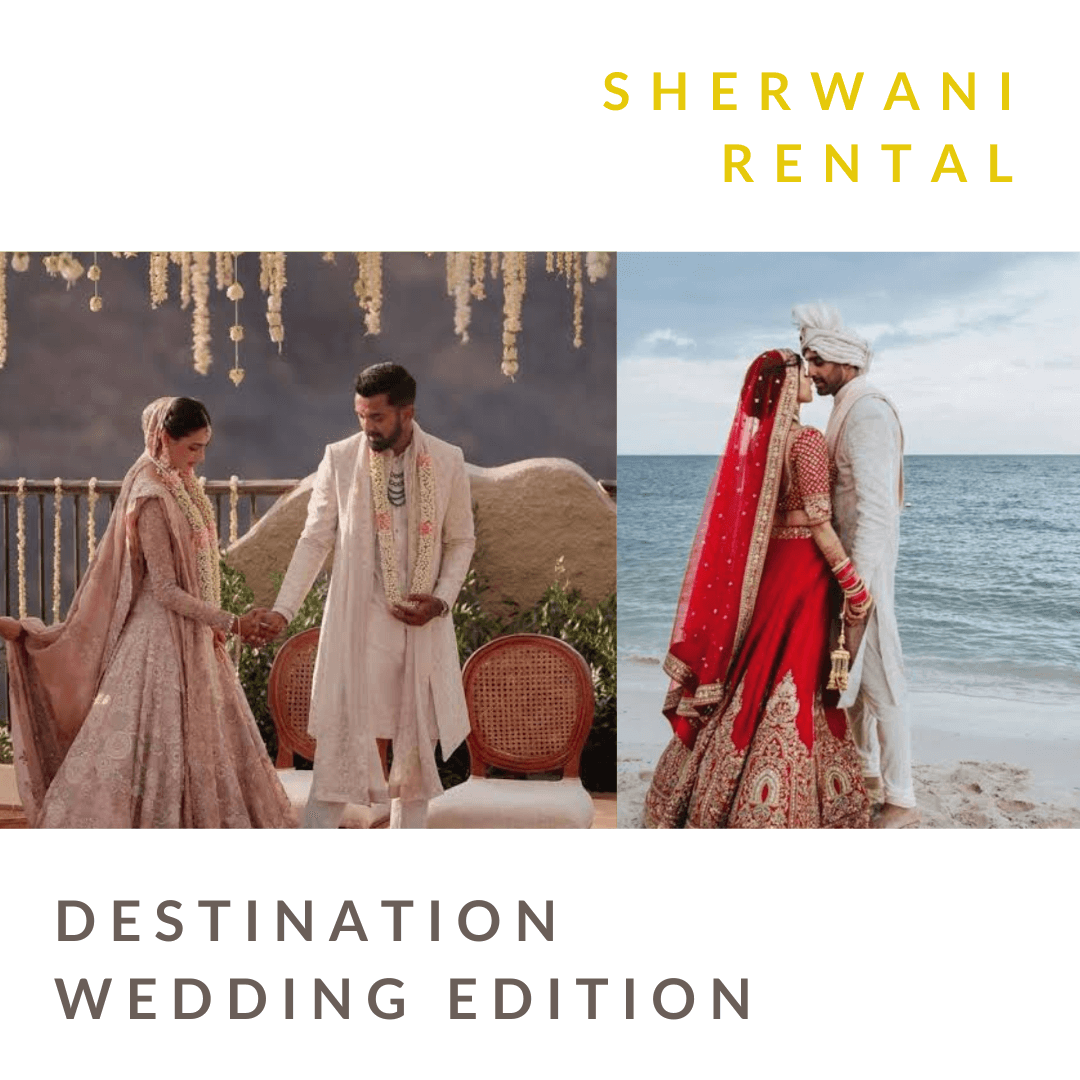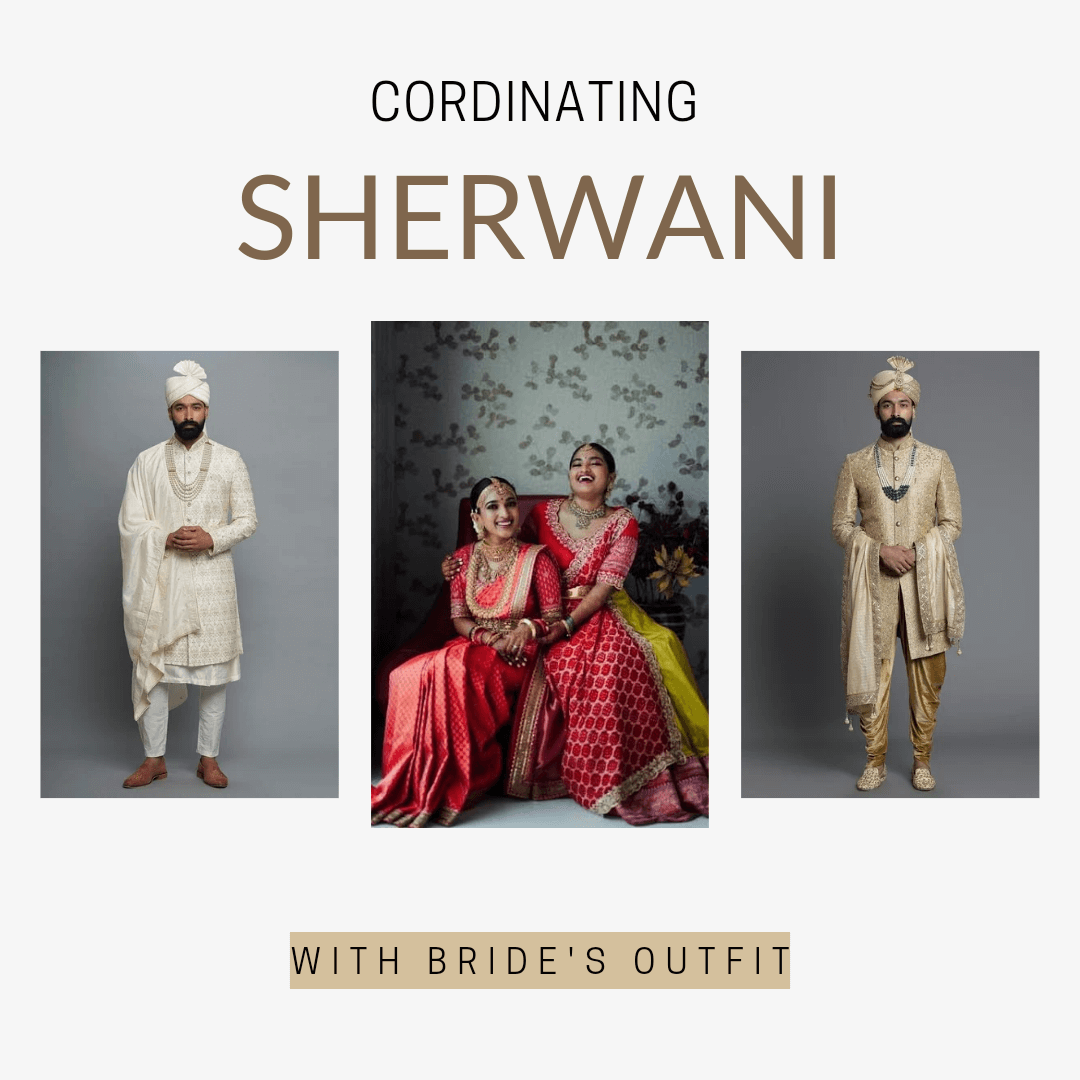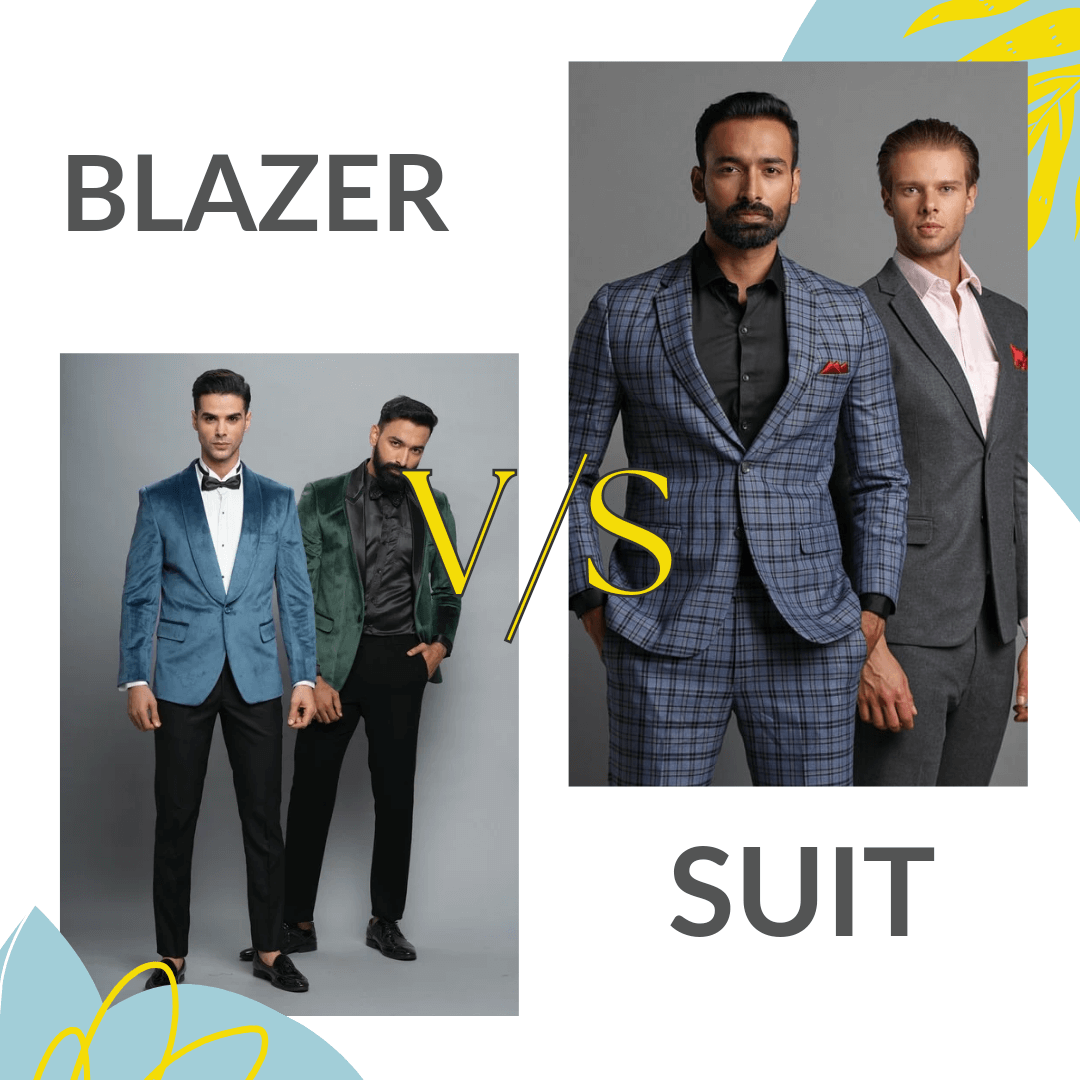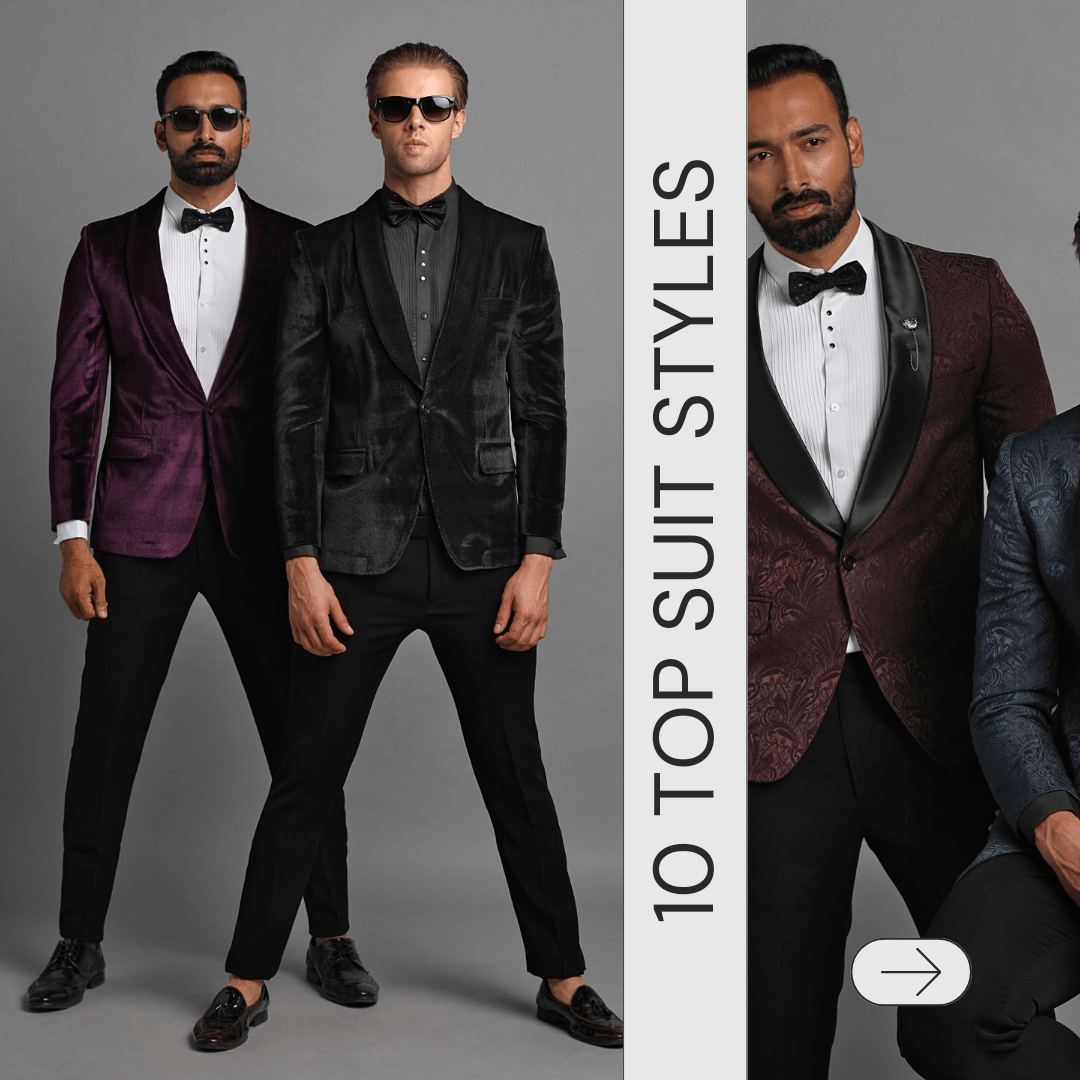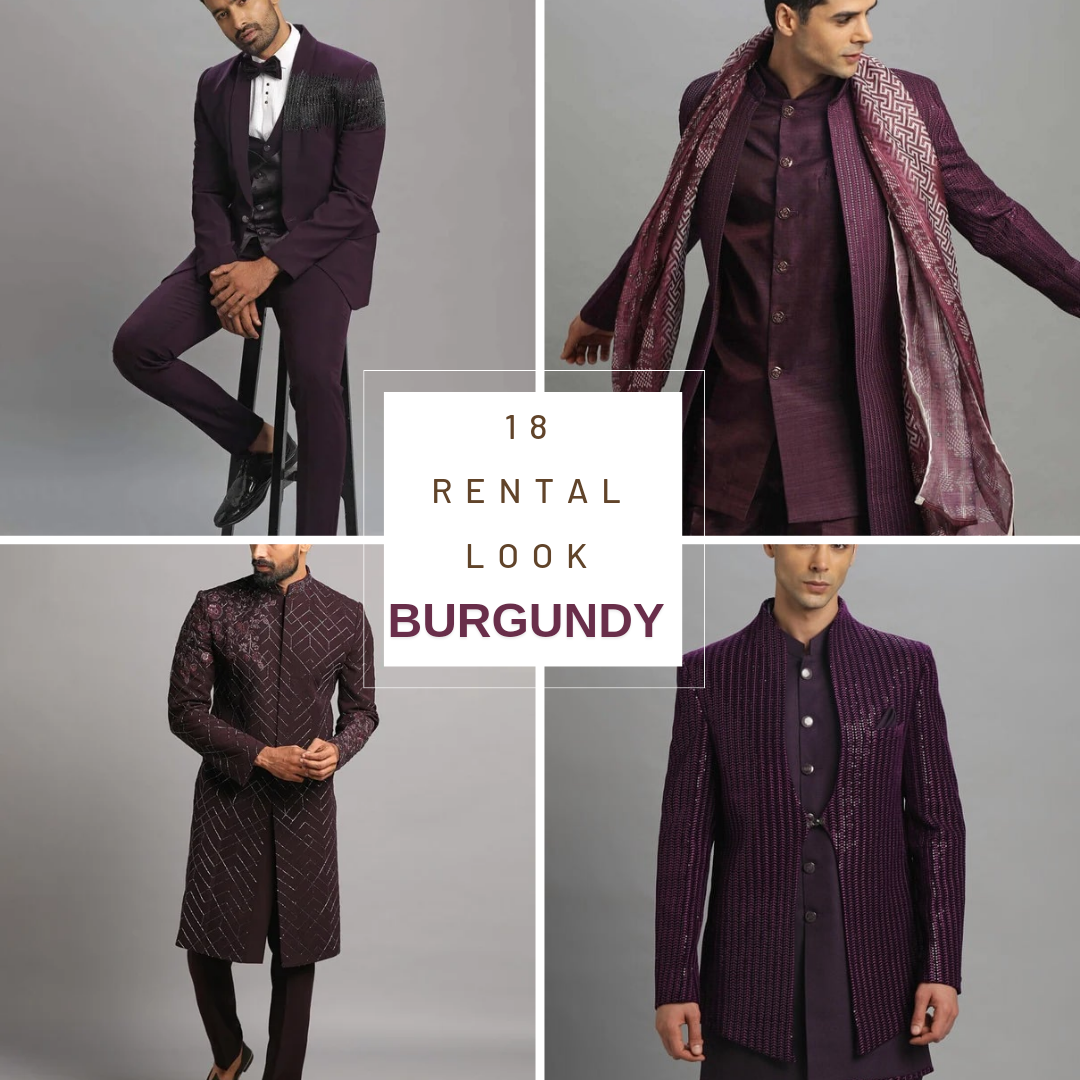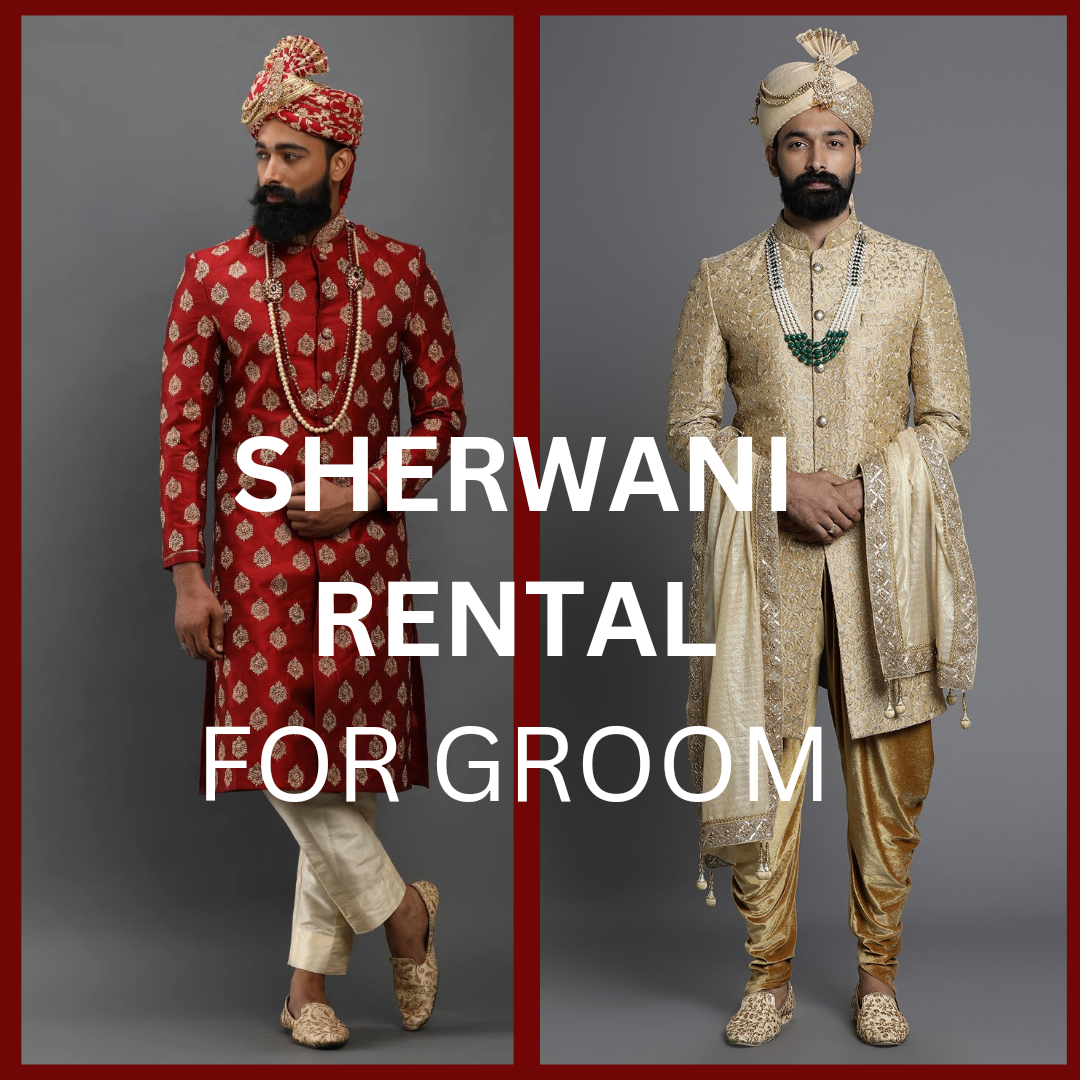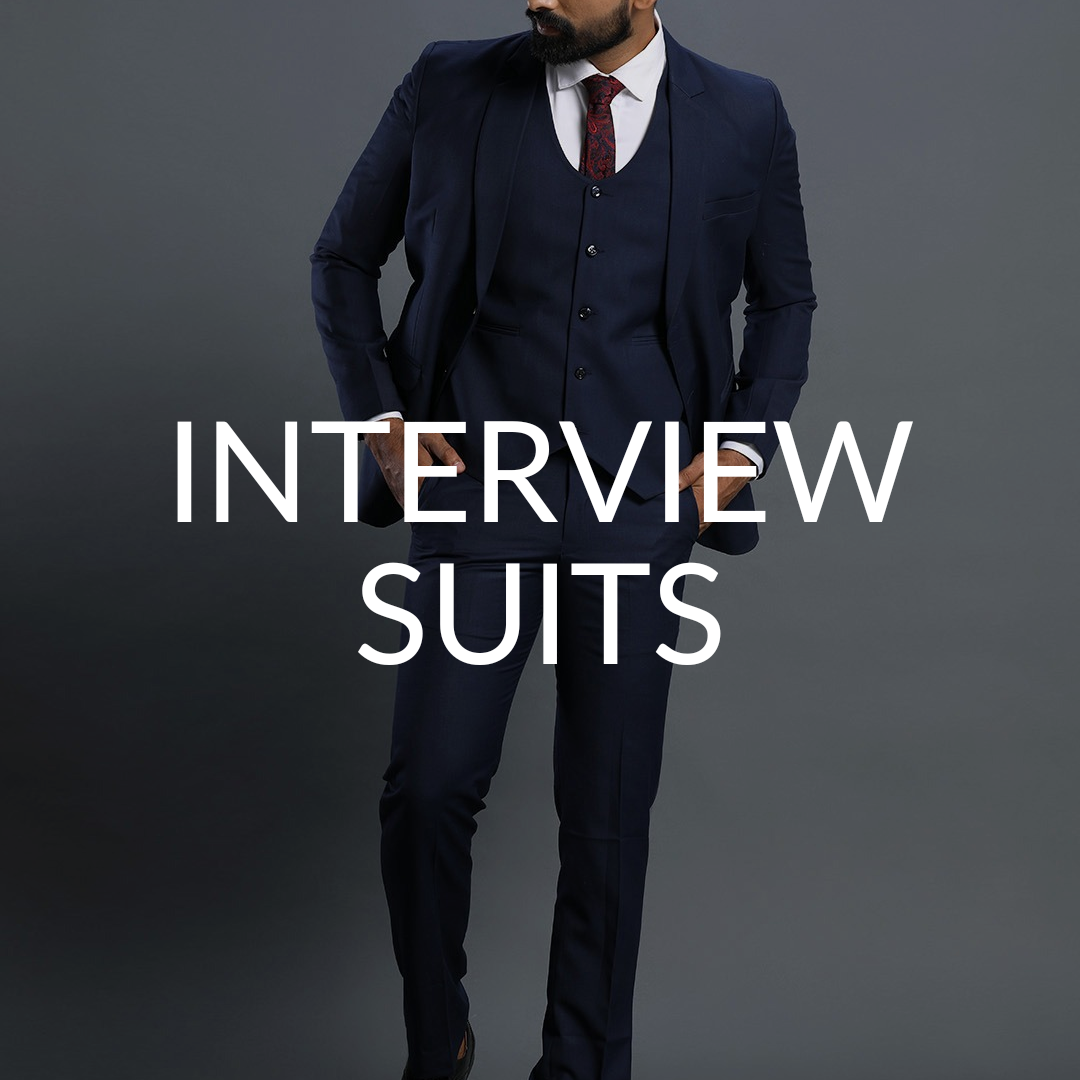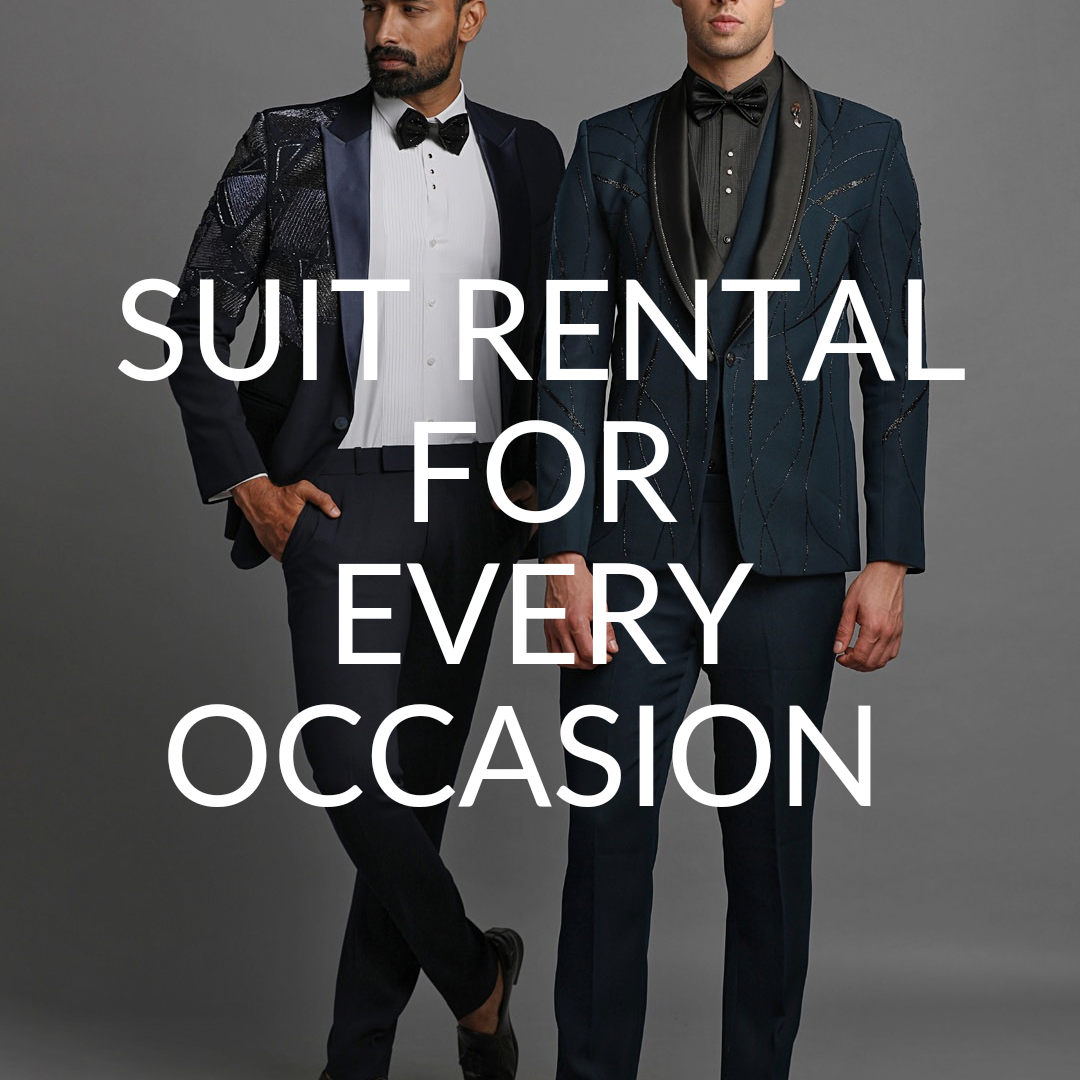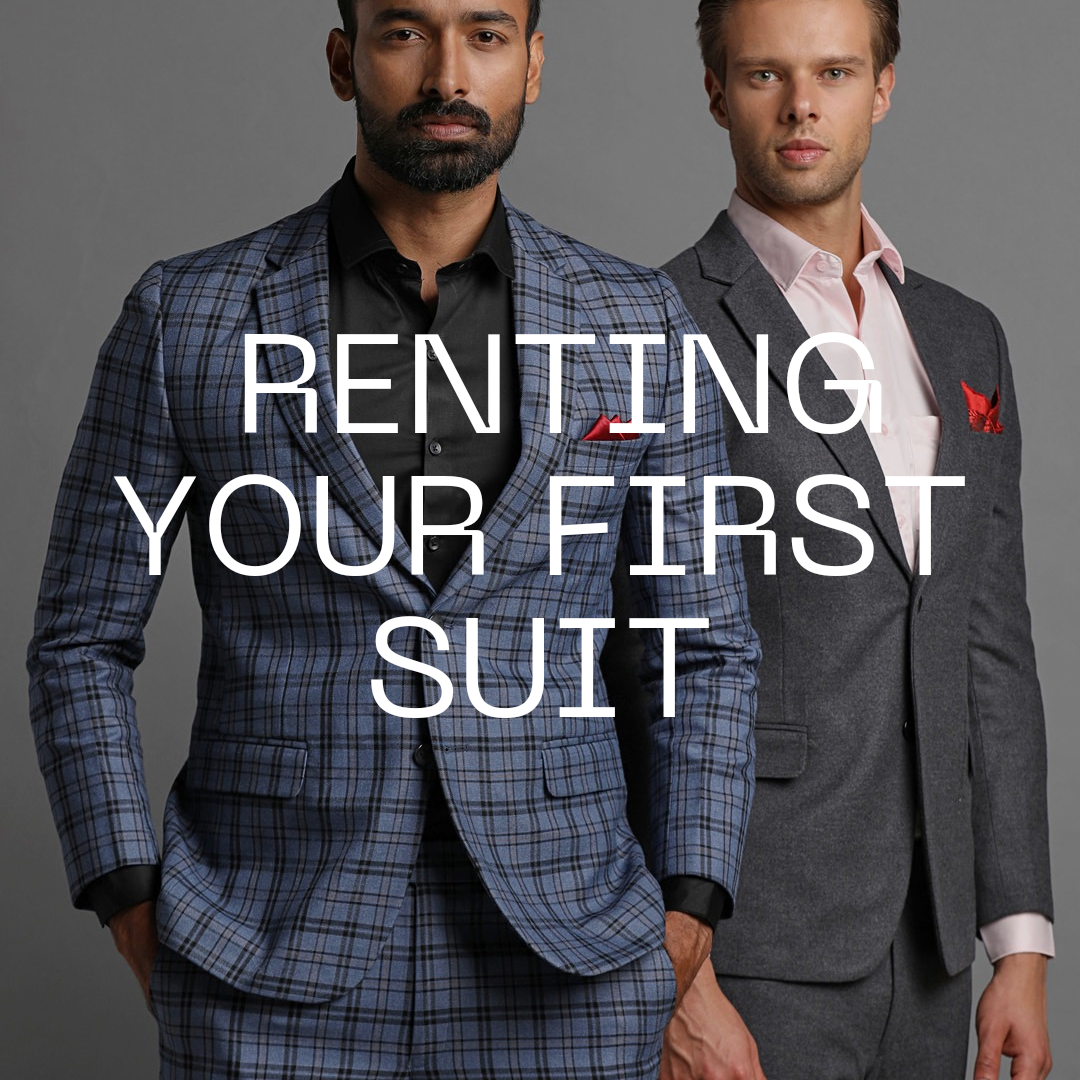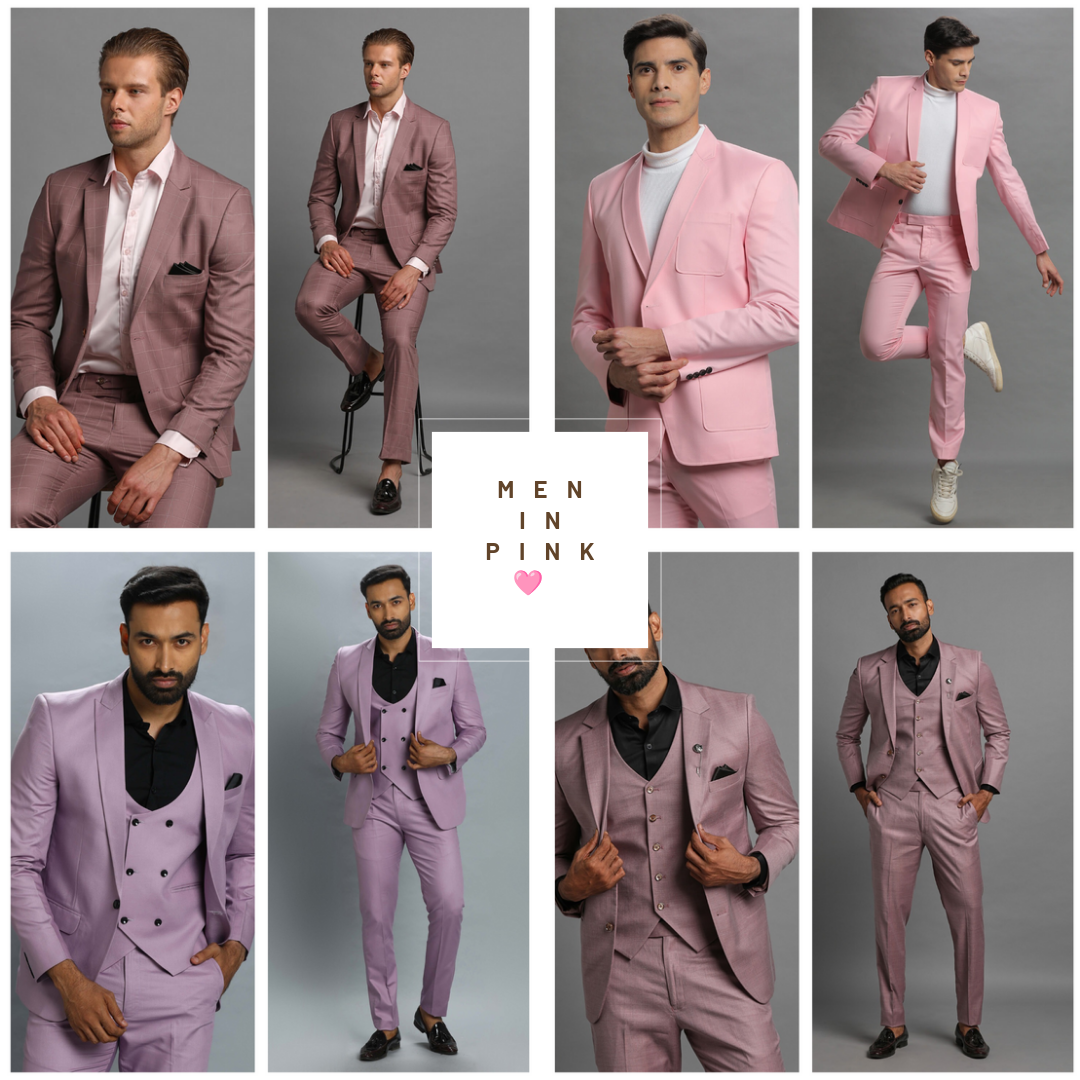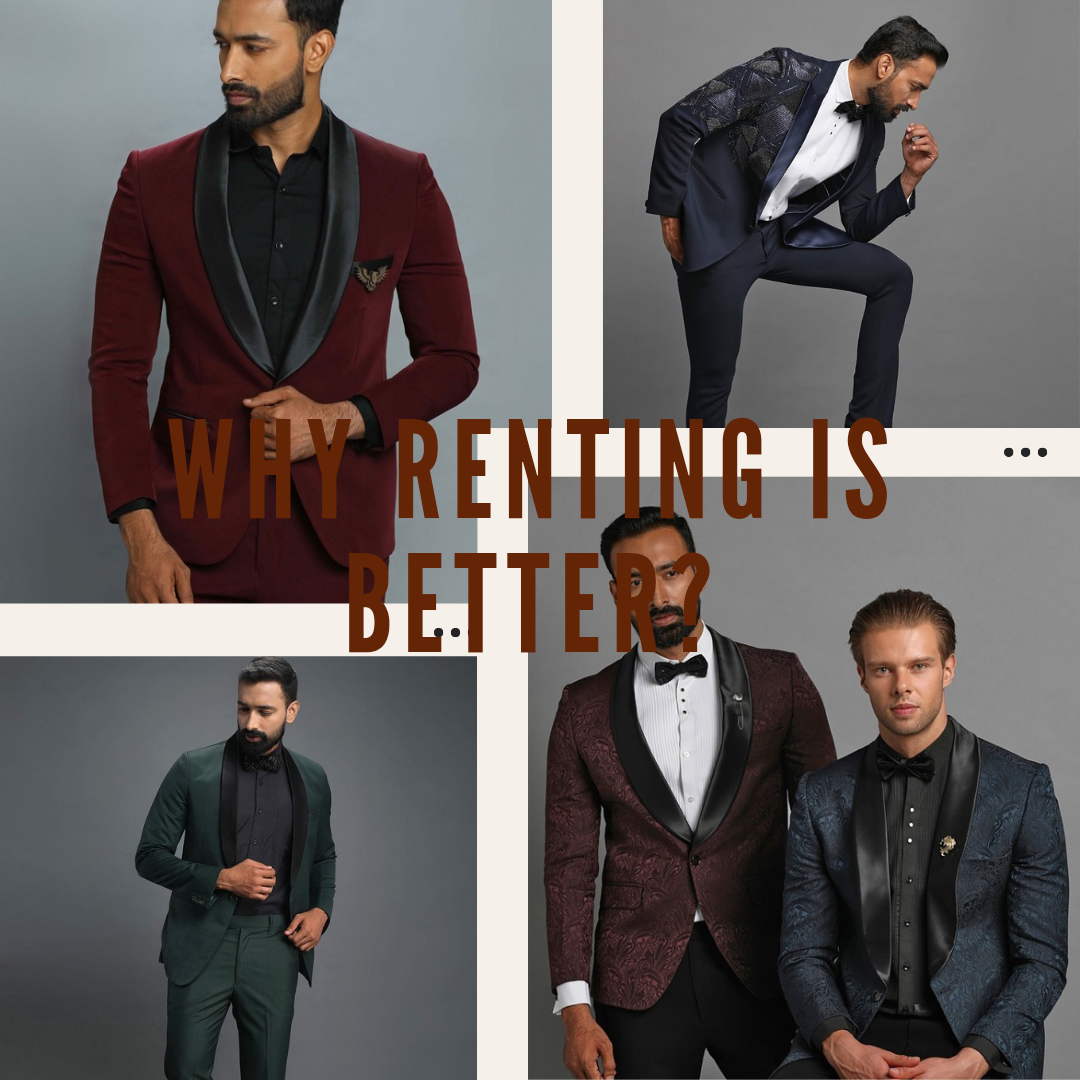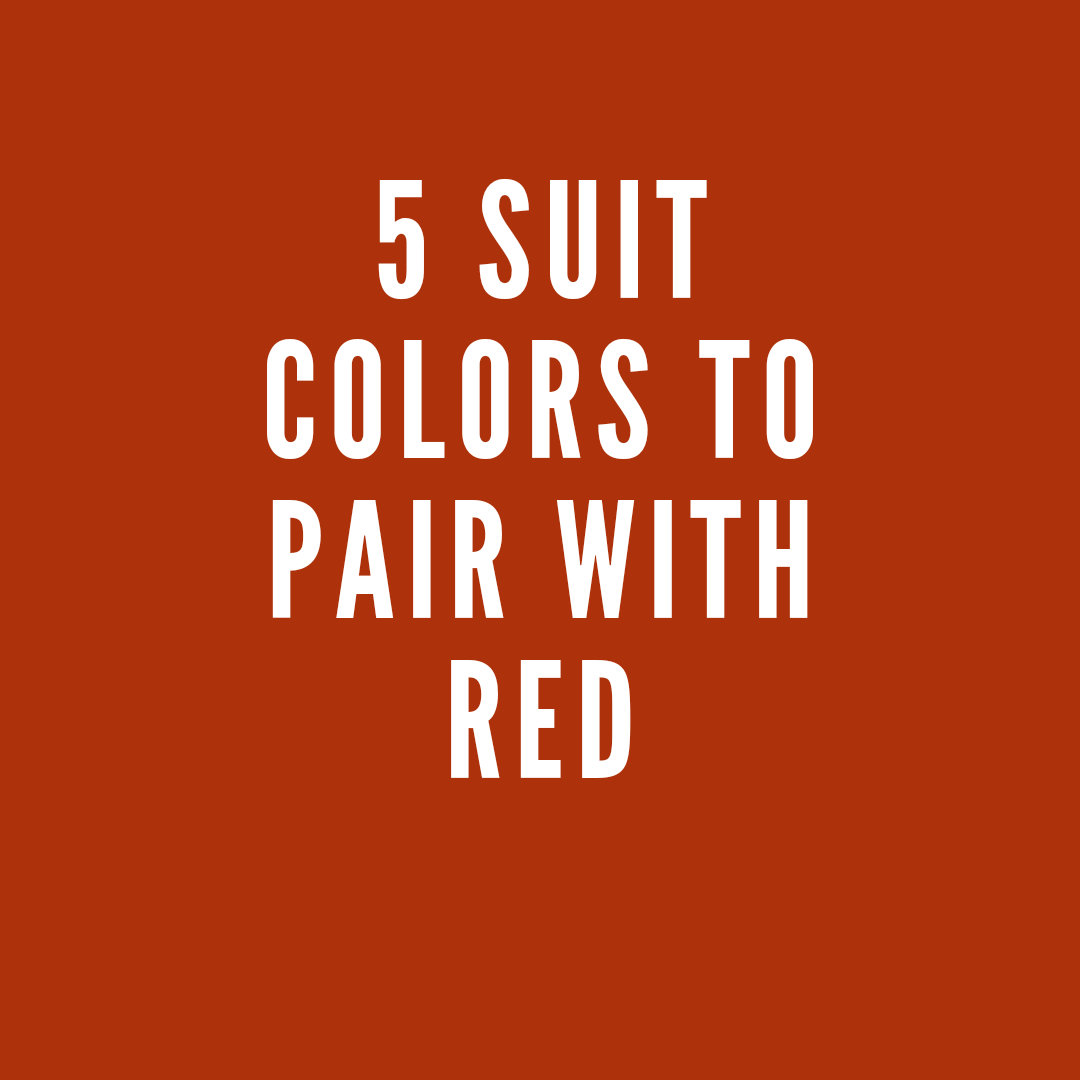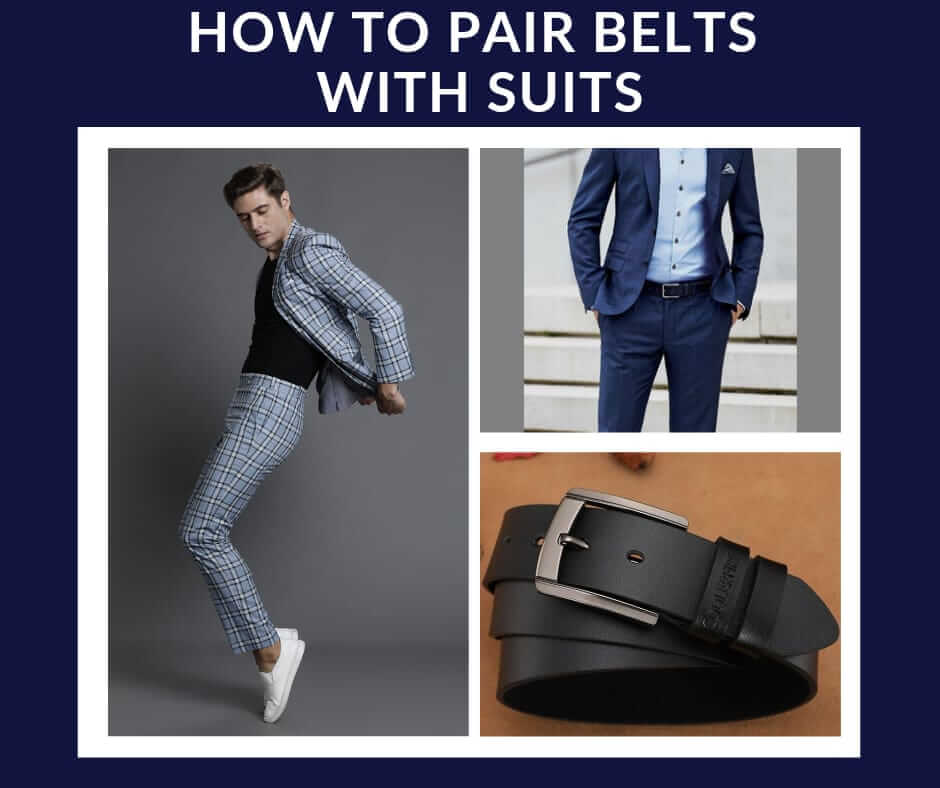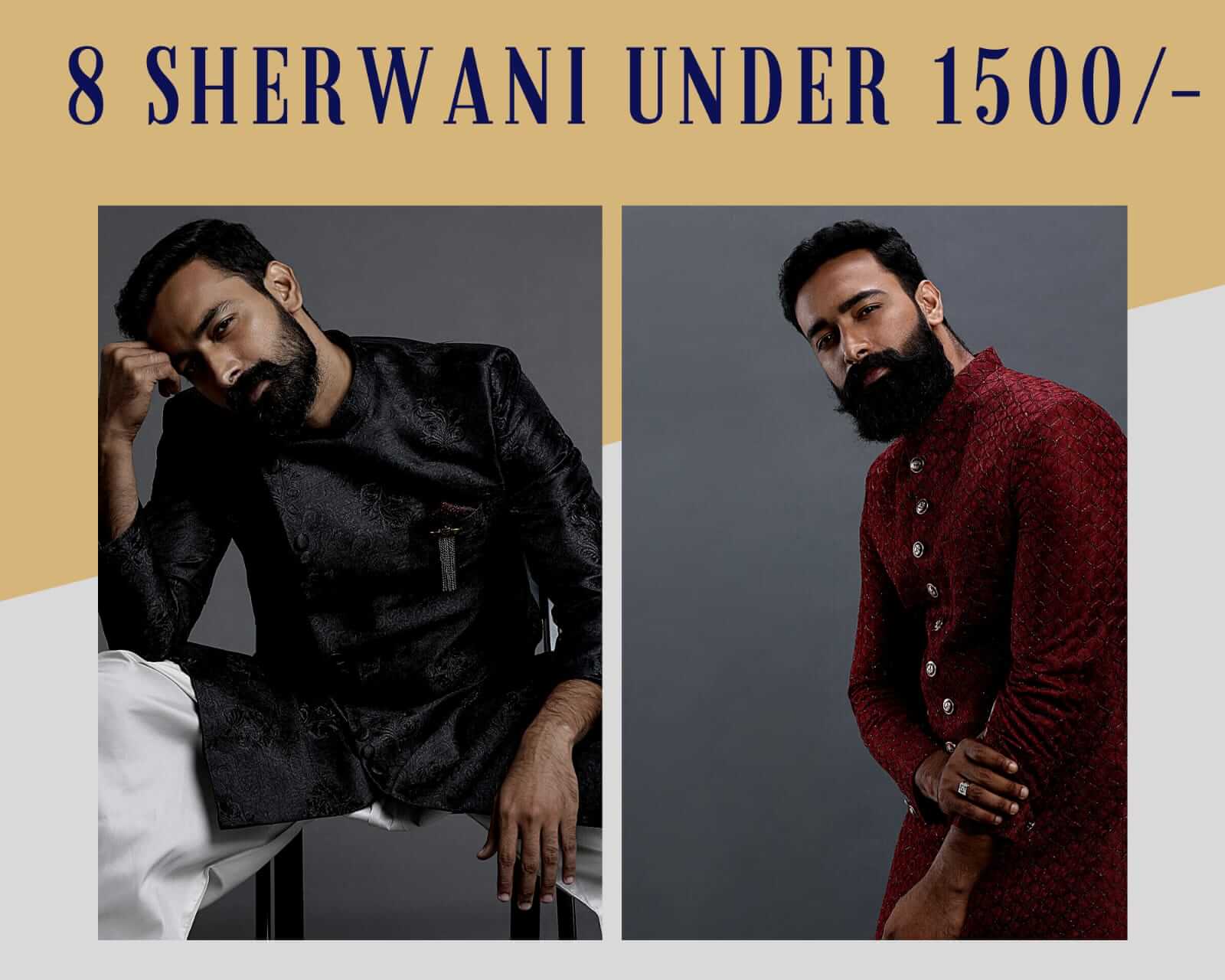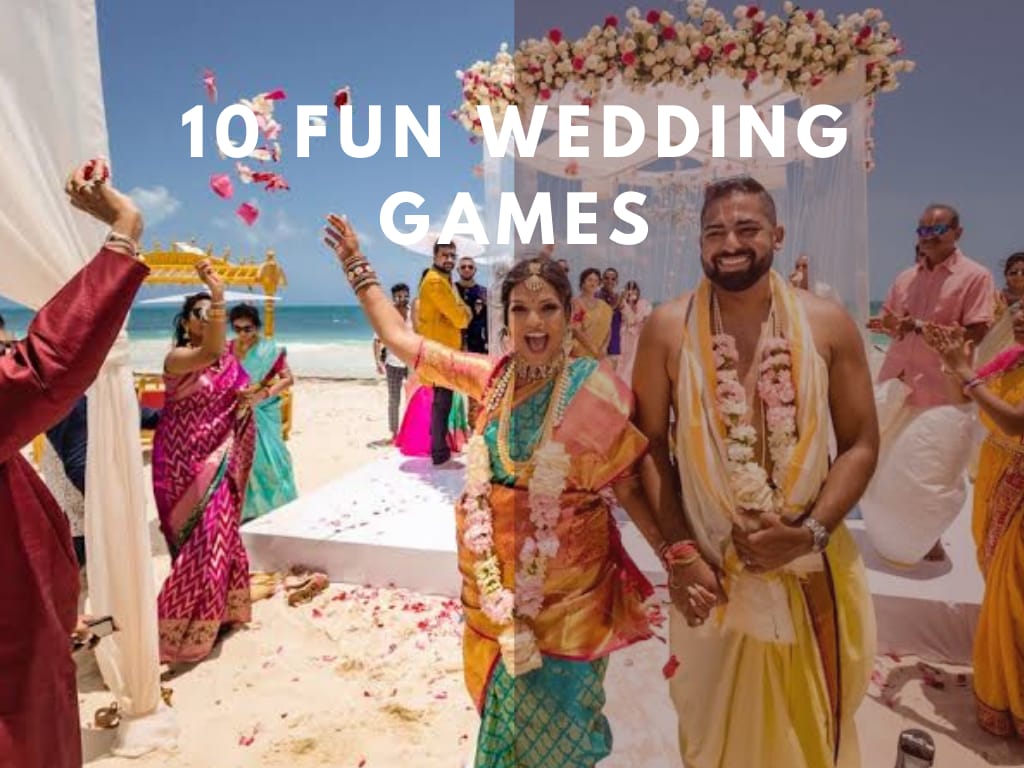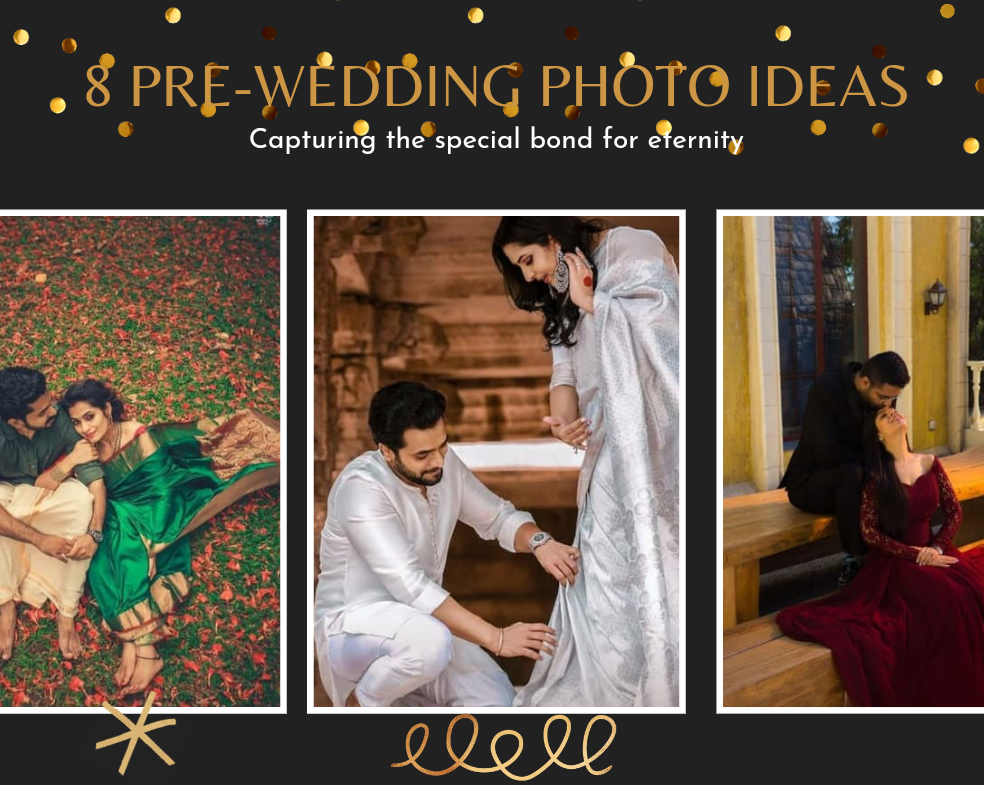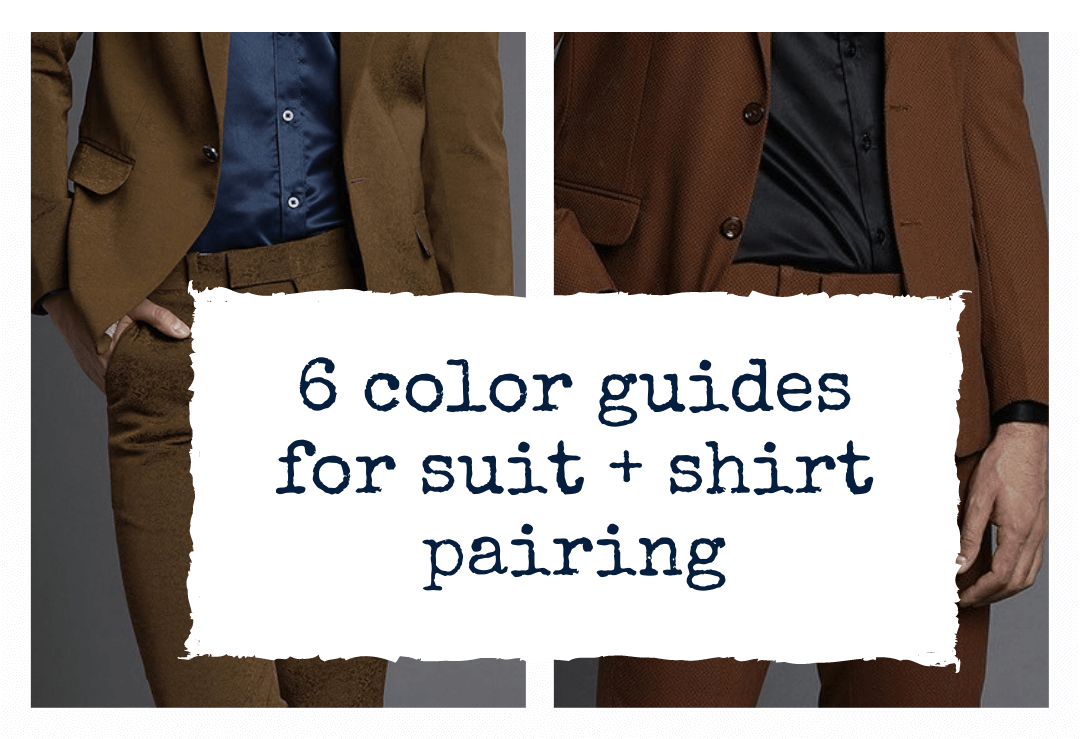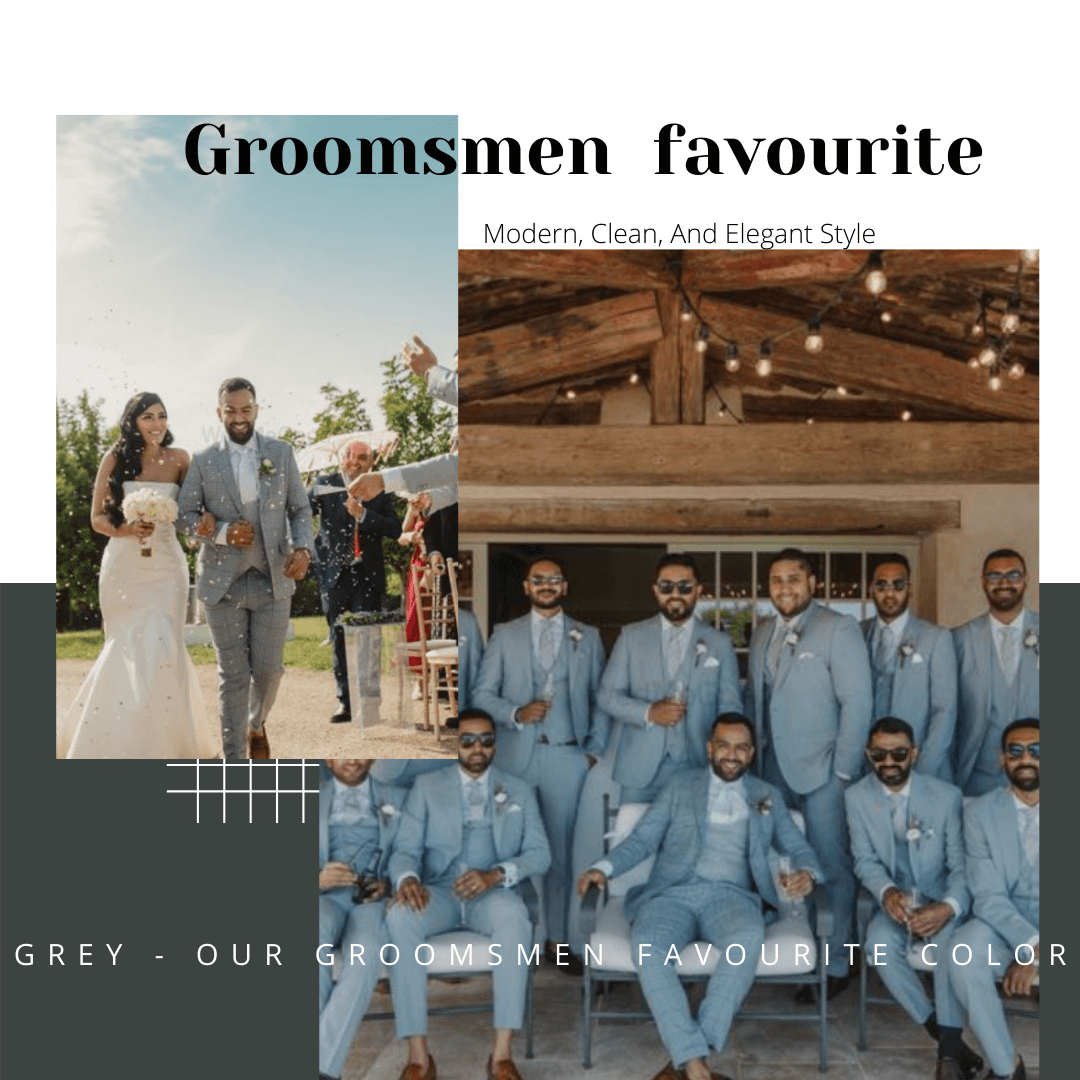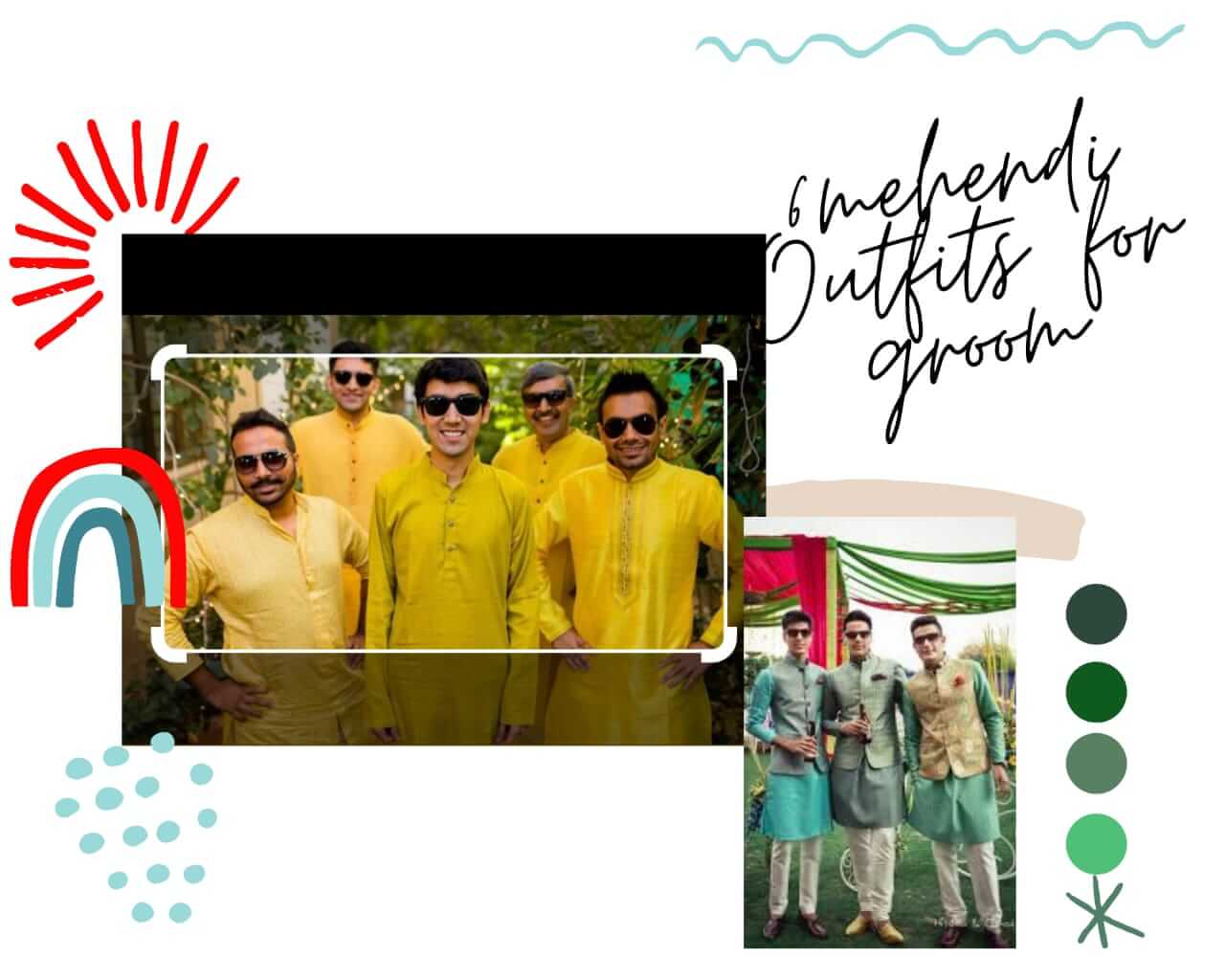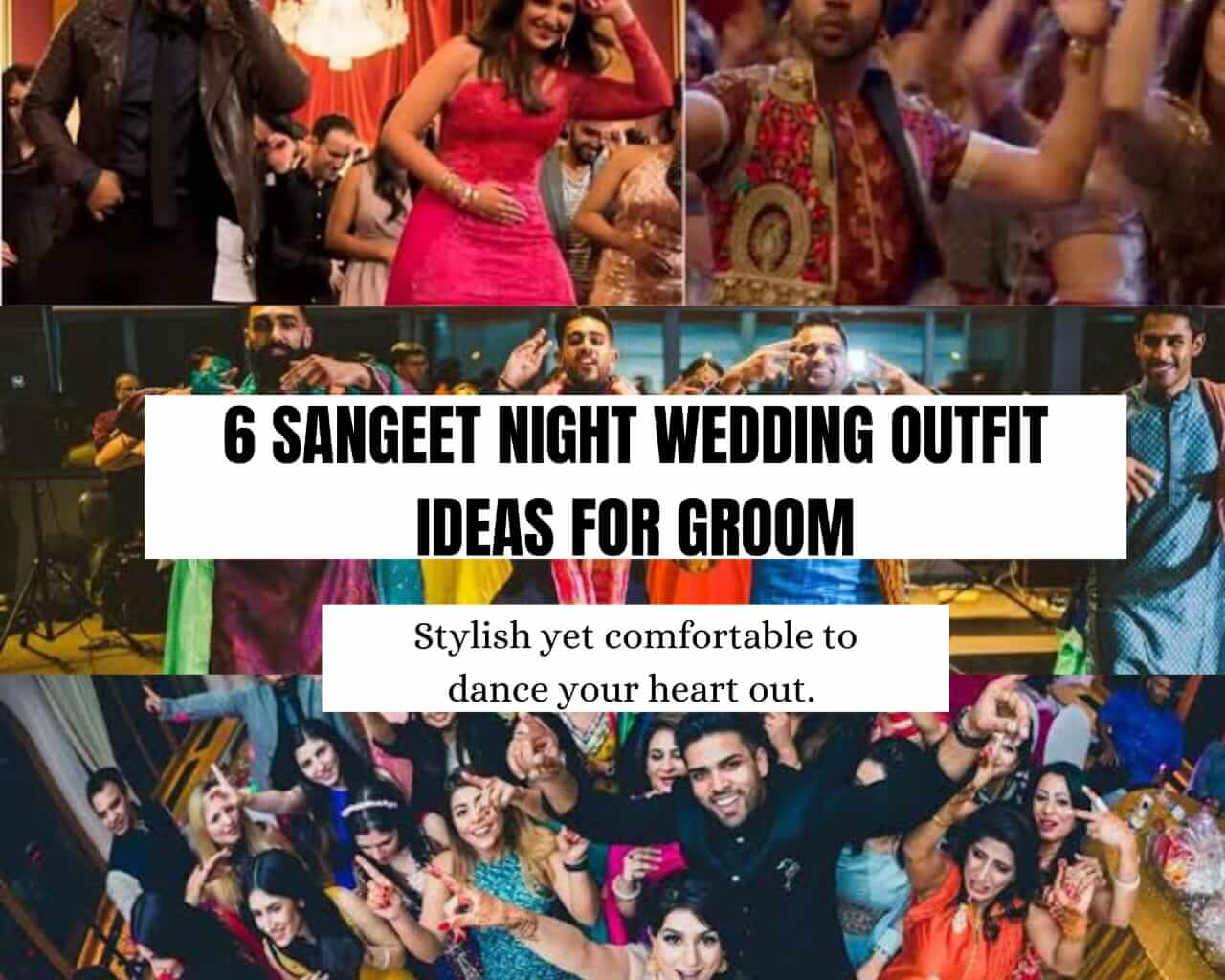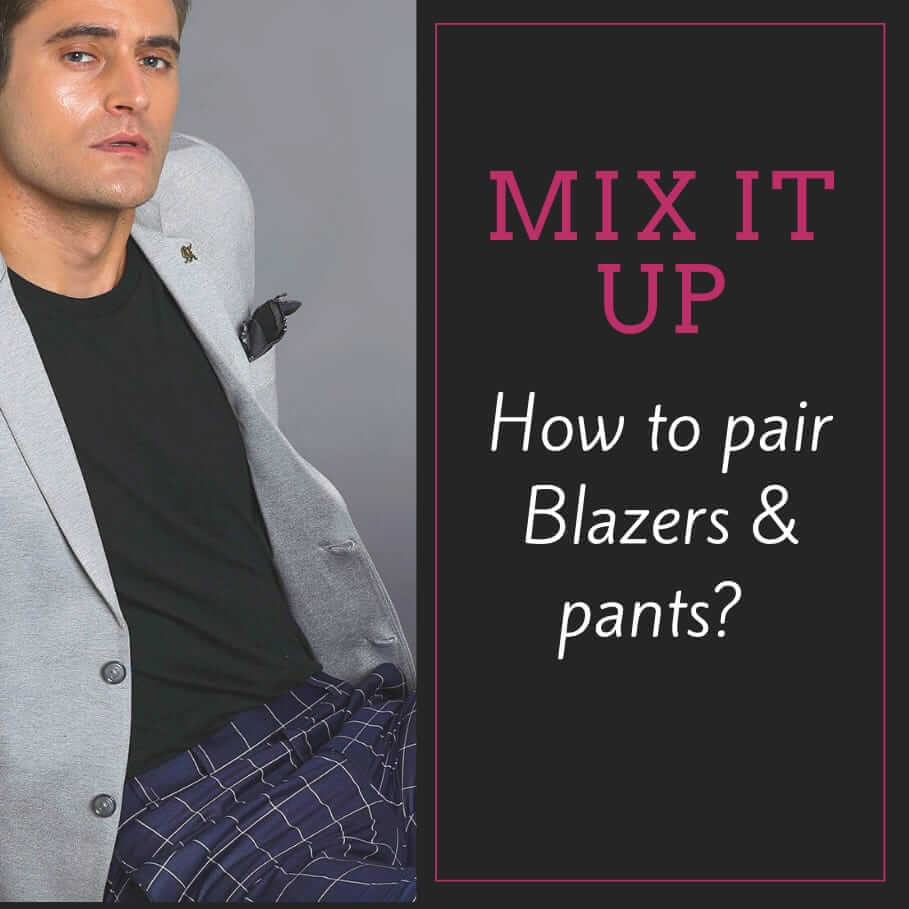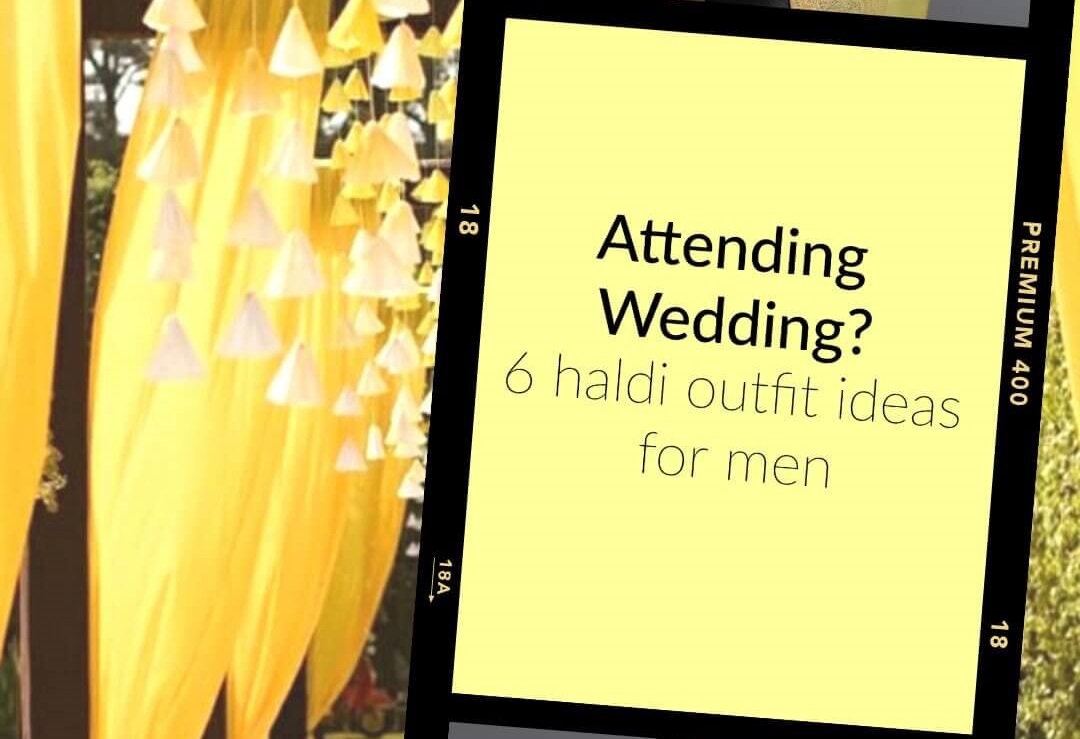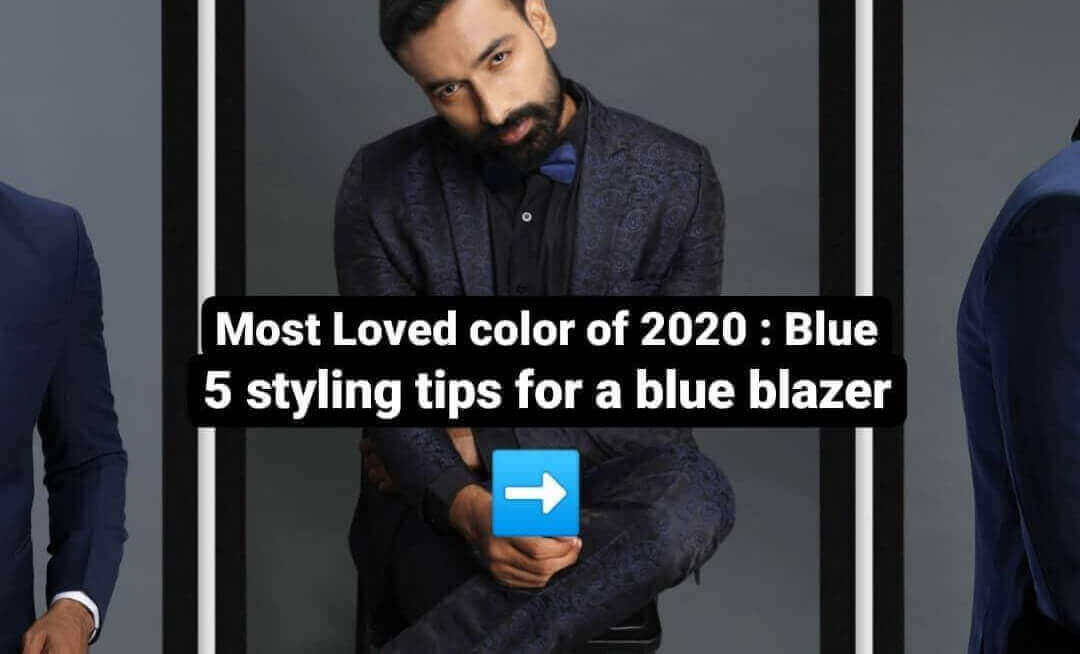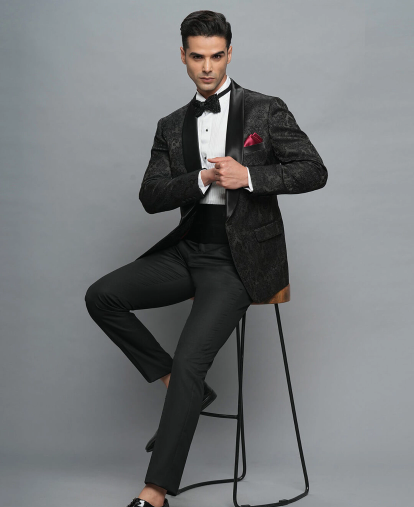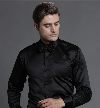 Back
Back

Colour Psychology in Men's Fashion: Choosing the Right Hues for Every Occasion
Fashion is largely about colour, which shapes attitudes, feelings, and even self-esteem. Men's fashion lets the appropriate colour be chosen to exude power, enhance personal flair, and set the mood for different events. Men who grasp colour psychology are better suited to choose clothing that accentuates their intended look and the event.
Colors Influence on Fashion
Colours arouse feelings and transfer unconscious knowledge. A well-chosen colour could be rather important in formal, social, or professional contexts. Here, one can find a long post on selecting appropriate colours for various events.
Men's navy blue is a classic shade, especially for business and formal wear. It's a great fit for presentations, business meetings, and job interviews since it exudes dependability, professionalism, and confidence. A navy suit fits well with a white or light blue shirt.
Charcoal grey looks more soft than black, even as rising power and elegance call for it. For official gatherings, evening activities, and offices, it is perfect. This adaptable shade fits pastel or neutral clothing and accentuates many complexion tones. Black is the ideal colour for formal dress since black stands for strength, grace, and classic flair. It helps with Black-tie occasions, business dinners, and important presentations. In regular corporate settings, where black could be excessively formal, grey or blue could be more approachable.
Professional wardrobes have to incorporate really essential white shirts. They go with every outfit and exude dependability, style, and purity. Under a black suit, a neat white shirt accentuates a traditional and assured look.
Earthy tones, including brown, beige, and olive green, foster a simple and accessible attitude. Smart casual events, weekend attire, and laid-back get-togethers call for these colours. One would seem smart but relaxed by wearing olive chinos with a neutral shirt or a beige jacket over dark jeans. Among the friendly pastels are mint green, lavender, and light blue. These colours are ideal for noon meetings, summer get-togethers, and informal brunches. Dressing in appropriate shorts or khakis highlights the freshness of a pastel button-down top.
Rich reds like burgundy and maroon inspire passion, confidence, and refinement. Perfect for evening expeditions, romantic evenings and social gatherings, a combo including a burgundy jumper or jacket gives depth. Denim blue seems laid back yet sophisticated. For informal occasions, a denim shirt or jacket is a great choice since it blends simplicity with structure. Denim seems more classic when worn with opposing or neutral colours.
Special Events & Celebrations: Creating an Identity
Red is one amazing colour that speaks for energy, passion, and excitement. It is perfect for social events where, including happy festivities or romantic evenings, creating a statement is rather crucial. An ensemble consists of an eye-catching focal point, a red tie or a blazer. Metallic hues, copper, and gold all hint at grandeur and luxury. Great choices are happy festivities, weddings, and galas.
Subtle metallic accents on accessories or shoes will highlight a wardrobe without overwhelming it. Purple is a colour representing creativity, intricacy, and richness. For formal and semi-formal wear for creative events or sophisticated get-togethers, a deep purple shirt or jacket accentuates Green stands for fresh life, calm, and renewal. For semi-formal parties, outdoor meetings, and weddings, dark green suits or emerald accents make a great replacement for classic black or blue.
Seasonal Color Selections: Modifying with the Season
Springtime fashion runs in pastel hues, whites, and mellow blues. These colours reflect the season. They, therefore, are fit for daytime events, outdoor weddings, and informal gatherings. Lighter materials and colours like beige, white, and light grey make clothing trendy and cool in the summer. Bright colours like coral or sky blue create lively, enjoyable surroundings. Autumn colours are warm, earthy tones, including deep brown, scorched orange and mustard yellow. These hues highlight seasonal décor and complement informal and semi-formal clothing. Winter clothing calls for rich, dark hues, including burgundy, charcoal, and deep blue. Perfect for formal and festive settings, warm and sophisticated hues are ideal.
Presenting grace, confidence, and individuality will aid one's colour selections in formal attire and greatly improve their presentation at events like galas or weddings. Perfect for black-tie parties and high-profile meetings, black, navy, and charcoal grey are elegant and striking traditional tones. Either a deep navy suit or a black tuxedo customized to fit guarantees a professional image and a classic, strong style.
Using stronger or softer colours will help to highlight weddings without sacrificing formality. For a classy and modern option for classic black, deep burgundy, emerald green, or royal blue suits, let the wearer stand out. Pastel or beige colours are great for outdoor or afternoon weddings since they convey friendliness and warmth. Apart from that, accessories draw your attention. A small tie, pocket square, or shiny cufflinks will highlight without overpowering the outfit. Grandiose gatherings reflect luxury, so they call for accents of gold or silver. In the end, choosing appropriate colours for formal attire contributes to creating an unforgettable impression. Whether your taste is trendy or classic elegance, correctly chosen colours boost confidence and have a long-lasting effect at any high-end event.
Seasonal colour palettes influence men's fashion since they allow clothing selections to match the tones and mood of the seasons. You want light, energizing colours in the spring that reflect pastels, white, soft blues, and so on—that is, energy and renewal. In warm summer, the light, airy hues, coral, sky blue, and beige help to boost comfort. Rich, earthy tones in line with the cosiness of the season abound in autumn: mustard yellow, burnt orange and deep brown. Winter demands rich, sophisticated colours like burgundy, charcoal, and deep blue since they express warmth and elegance. Changing to seasonal colour schemes helps the design stay current and raises both visual appeal and practical value.
Indeed, the way an outfit is seen overall depends much on the accent colours used in accessories since they provide depth, uniqueness, and refinement. Well-chosen accessories like belts, watches, cufflinks, ties, and pocket squares can elevate a basic ensemble.
Bold accent colours like burgundy, emerald green, or gold in a pocket square or tie stand out against neutral suits for formal wear, therefore drawing attention to the outfit. A silver or gold watch adds a little elegance and status, even while polished leather shoes in rich brown or oxblood can subtly accentuate the outfit. In casual or smart-casual wear, accent colours help define style. Without overwhelming the outfit, a bold belt, striped socks, or a vibrantly coloured scarf can provide personality. A well-selected pair of sneakers or a wristband in complementary hues will let a whole look come together.
Since too many striking elements can make an outfit seem unorganized, strategic use of accent colours is crucial; the proper ratio offers a streamlined, intentional style. Men can enhance their general look and create the impression that even a basic suit has been well selected by including these elements.
In numerous nations, men's fashion colours hold significant cultural significance, impacting choices through customs, symbolism, and social norms. Grey and blue are associated with professionalism, while black is typically used for black-tie affairs and funerals in Western nations, where it signifies formality and status. Red is sometimes used on leadership ties because it represents strength and confidence. Colours have traditional meanings in Asian societies. Red is a popular colour for weddings and other festivities because it is lucky in China and India, where it represents wealth and good fortune. In the West, white is typically associated with purity, yet in many Asian nations, it is associated with sorrow.
Because of their ability to cool warm places and their connotation of purity, white and beige are frequently employed in traditional Middle Eastern clothing. Gold and rich jewel tones like deep blue and green are frequently used in ceremonial attire as symbols of riches and prestige.
Bright colours and decorations used in traditional clothing have tribal and cultural importance in African nations. West African clothing often uses the hues gold, green, and red, which stand for richness, spirituality, and history. Understanding these cultural influences enables men to make informed design decisions that honour customs while emphasizing their style, particularly in multicultural or multinational contexts. Establishing visual harmony and enhancing style from an outfit depends on its colour palette. Although conflicting colours could ruin the whole design, well-balanced colour combinations ensure a professional, unified look.
A basic idea in colour coordinating is the colour wheel. Opposites on the colour wheel, such as orange and blue, offer a strong contrast that draws attention while maintaining equilibrium. Similar colours that create a delicate but sophisticated gradient include adjacent hues, including navy, royal blue, and teal. Monochromatic designs or varying tones of the same colour provide a modern and clean appearance.
Neutral colours such as beige, white, grey, and black provide flexible bases, allowing accent colours to stand out. Shoes, pocket squares, or ties can provide flair without overwhelming the outfit. Darker tones convey formality; lighter colours reflect a more laid-back attitude. Proportions also matter; for example, a blazer in a bright hue should go with subdued slacks. A well-considered colour palette increases confidence and flair; overdoing it with vivid colours might lead to visual confusion. If men grasp colour harmony, they will easily design sophisticated and striking outfits for every occasion.
Black, grey, beige, and blue are ideal for formal or corporate settings since they project stability, professionalism, and refinement. In social or artistic environments, vivid colours like red, yellow, and green inspire confidence, energy, and creativity that distinguishes people. Choosing one of them influences how something is perceived, how one feels, and how an ensemble presents itself generally.
Conclusion
Understanding men's fashion colour psychology helps one to choose carefully from a wardrobe that accentuates personal style and fits many environments. From the confident boldness of red in social contexts to the commanding presence of navy blue in business environments, colours influence how a man presents himself and how he is seen. By pairing the right colours into different outfits, guys may create a dynamic and arresting wardrobe that radiates confidence, sophistication, and elegance.
